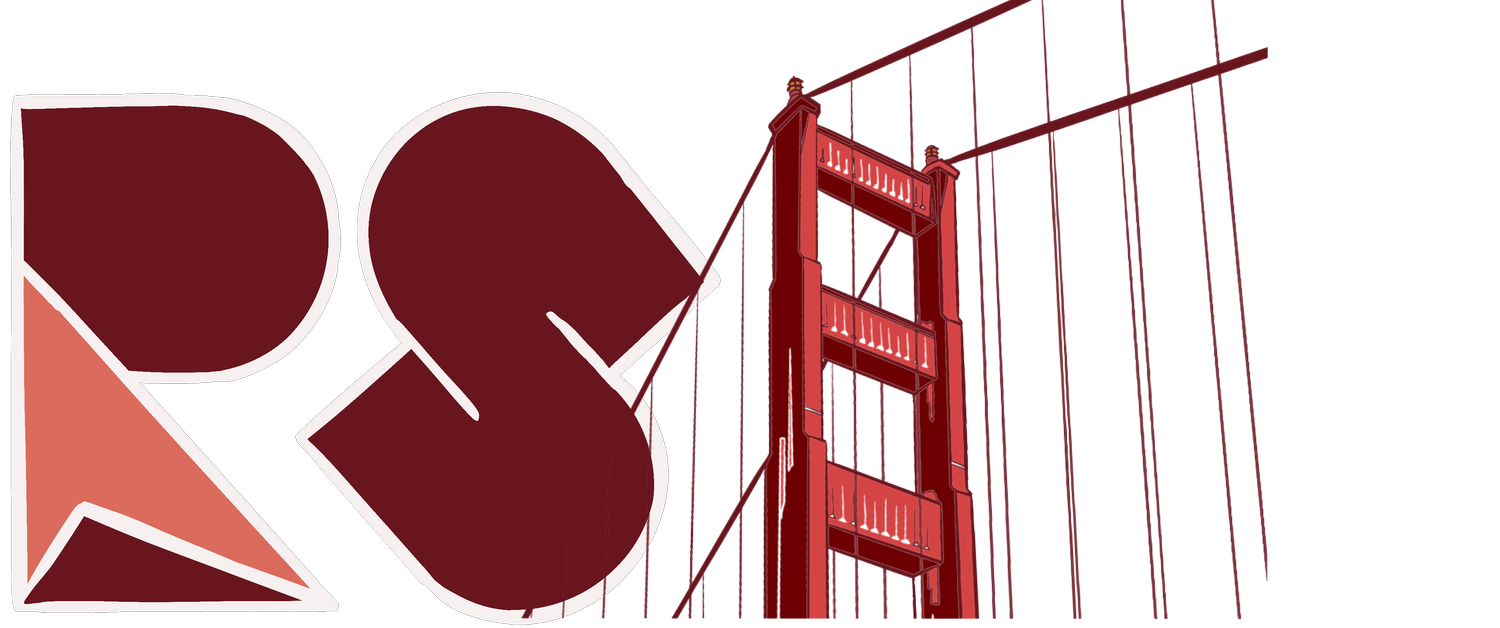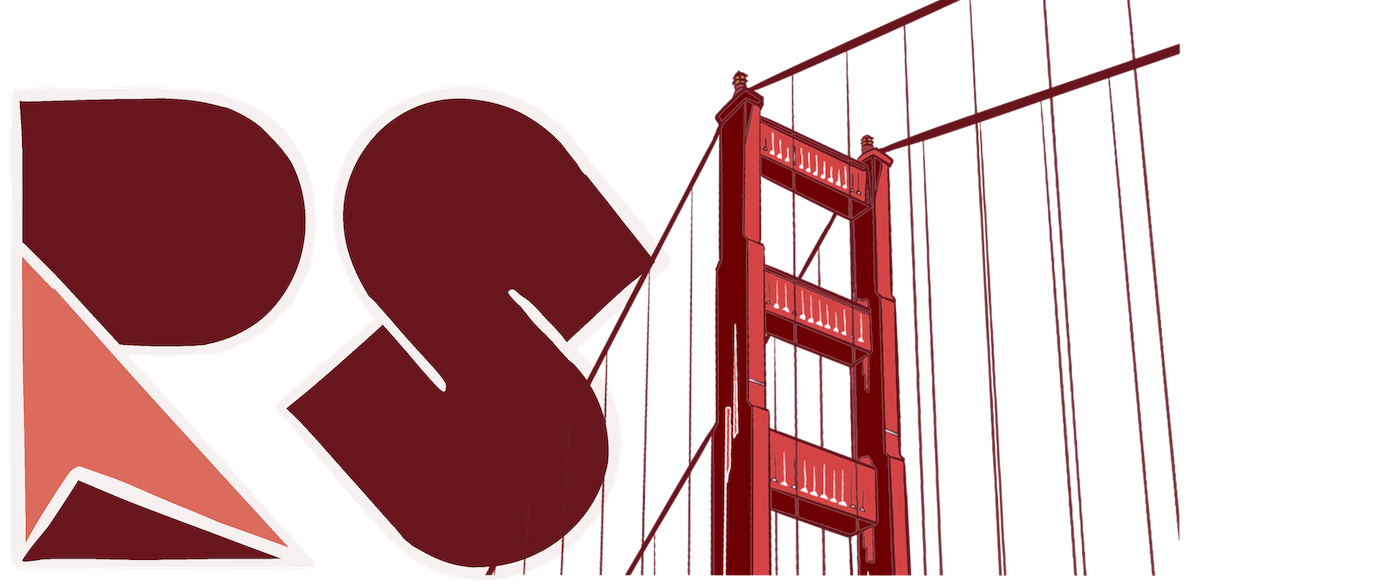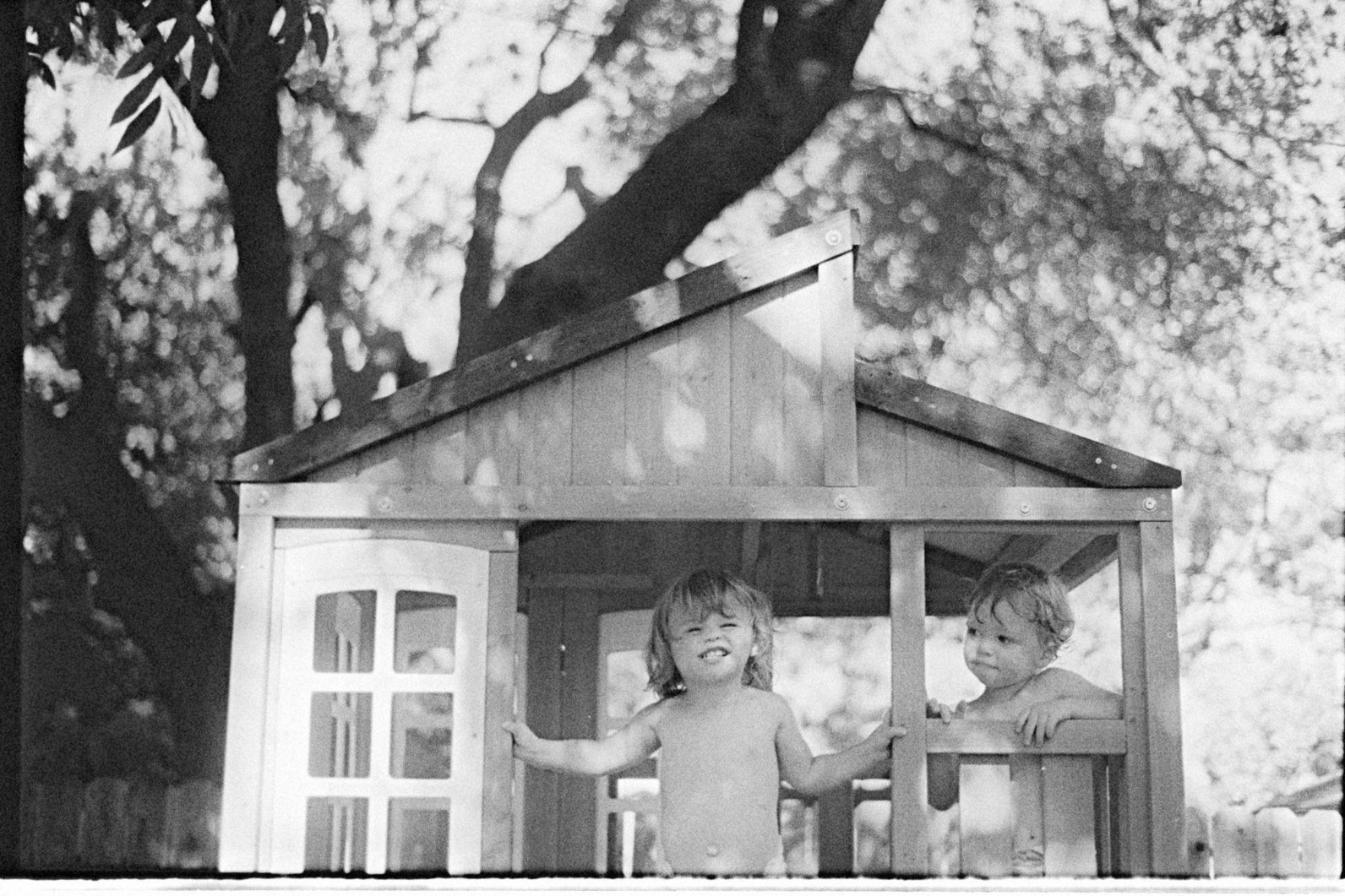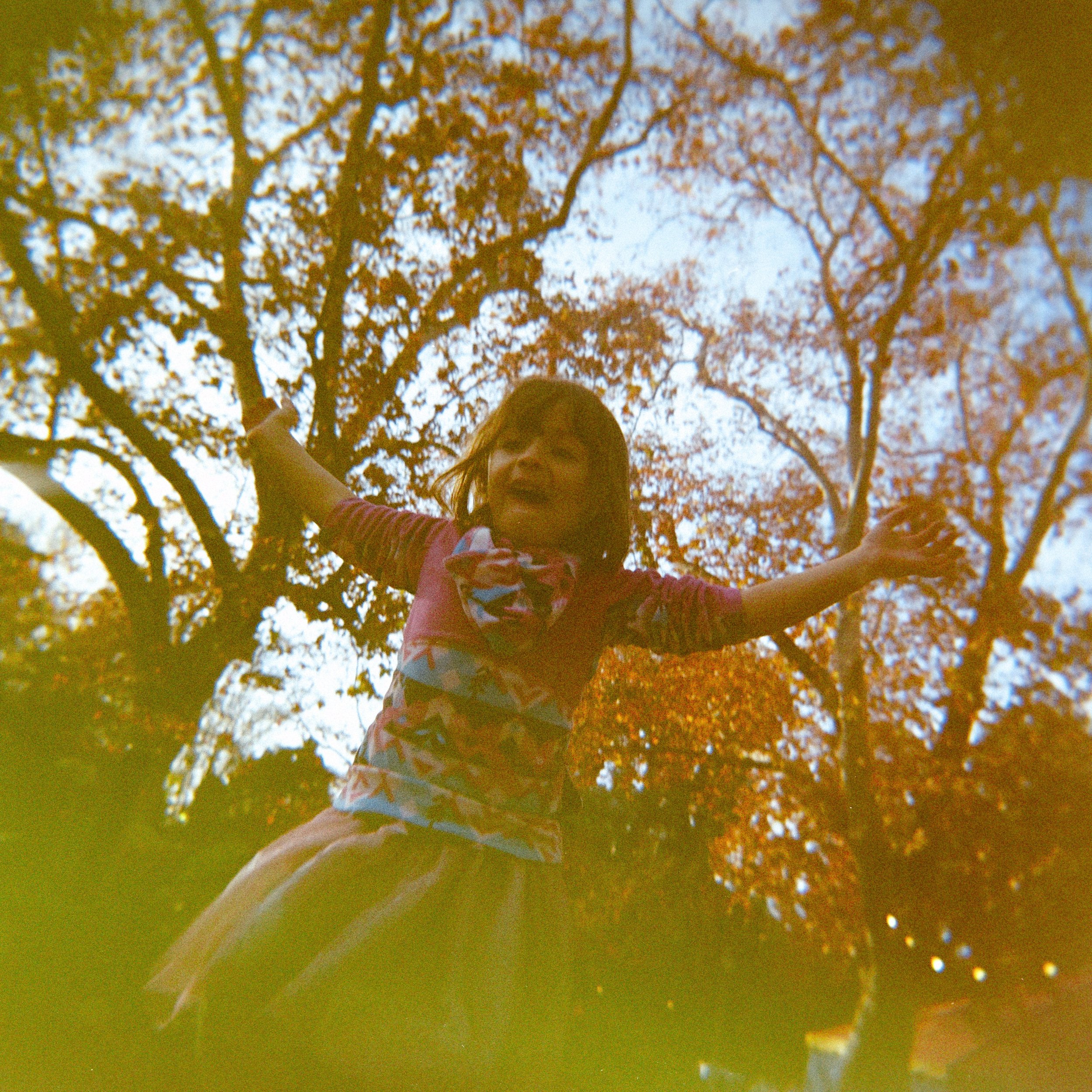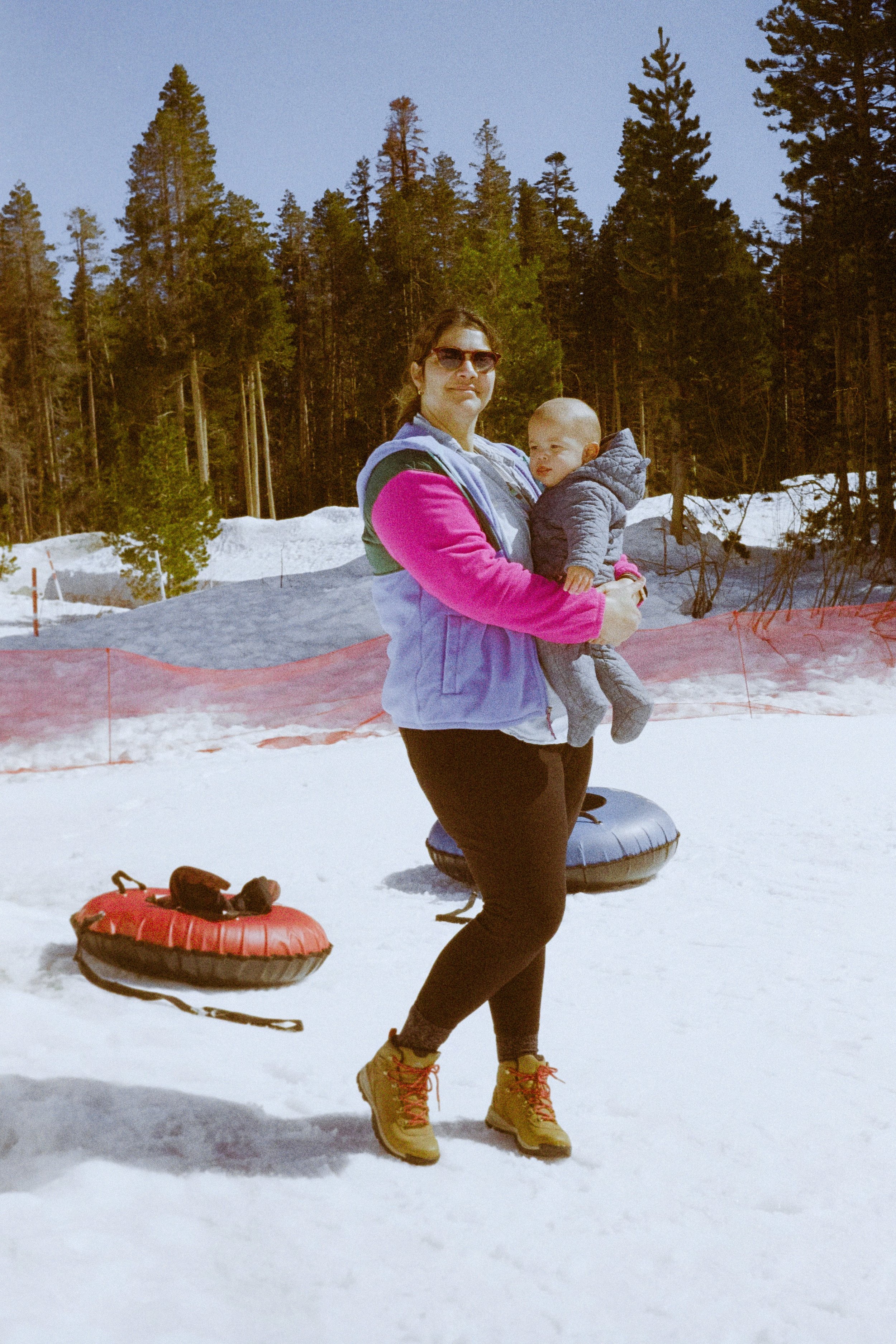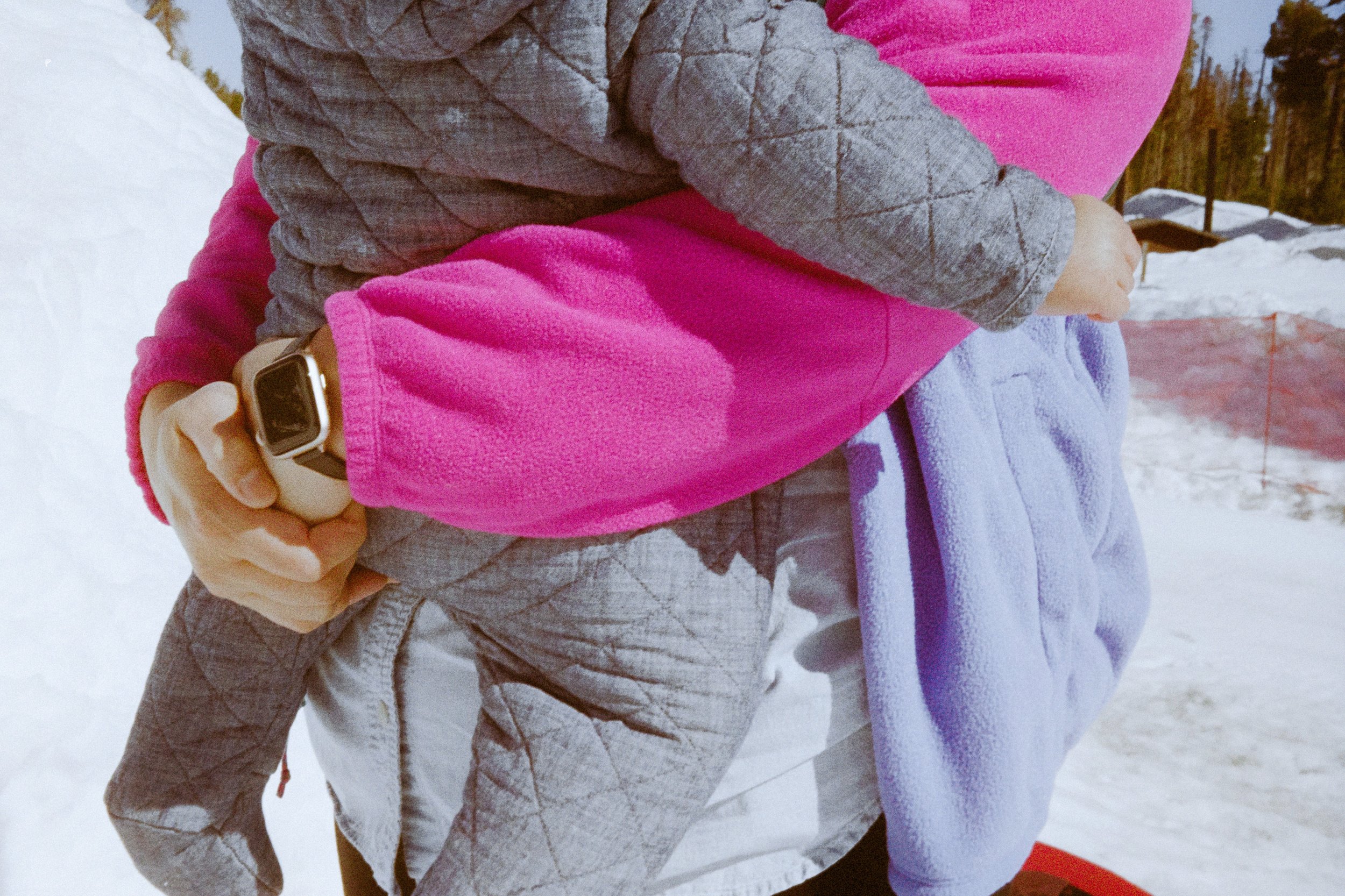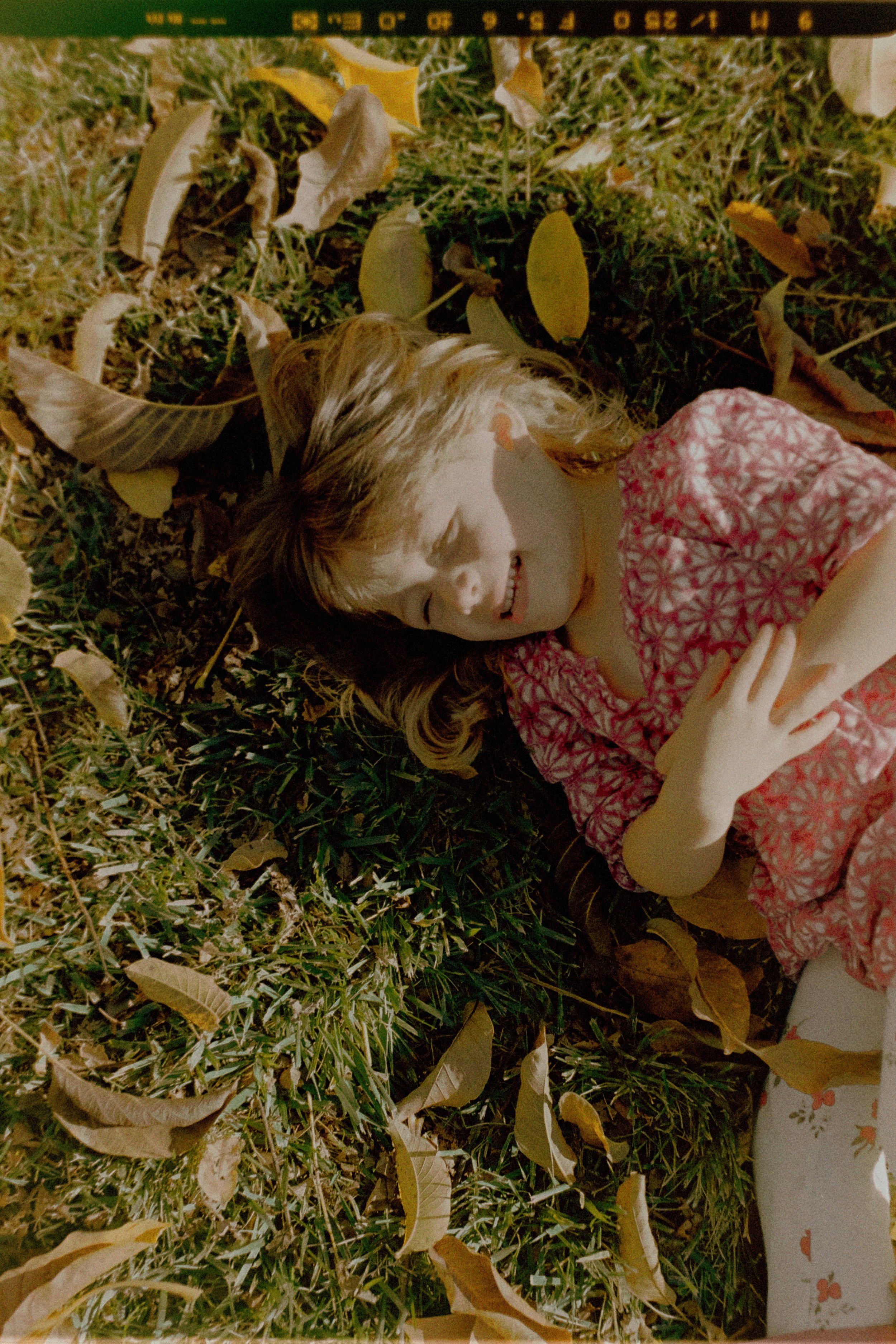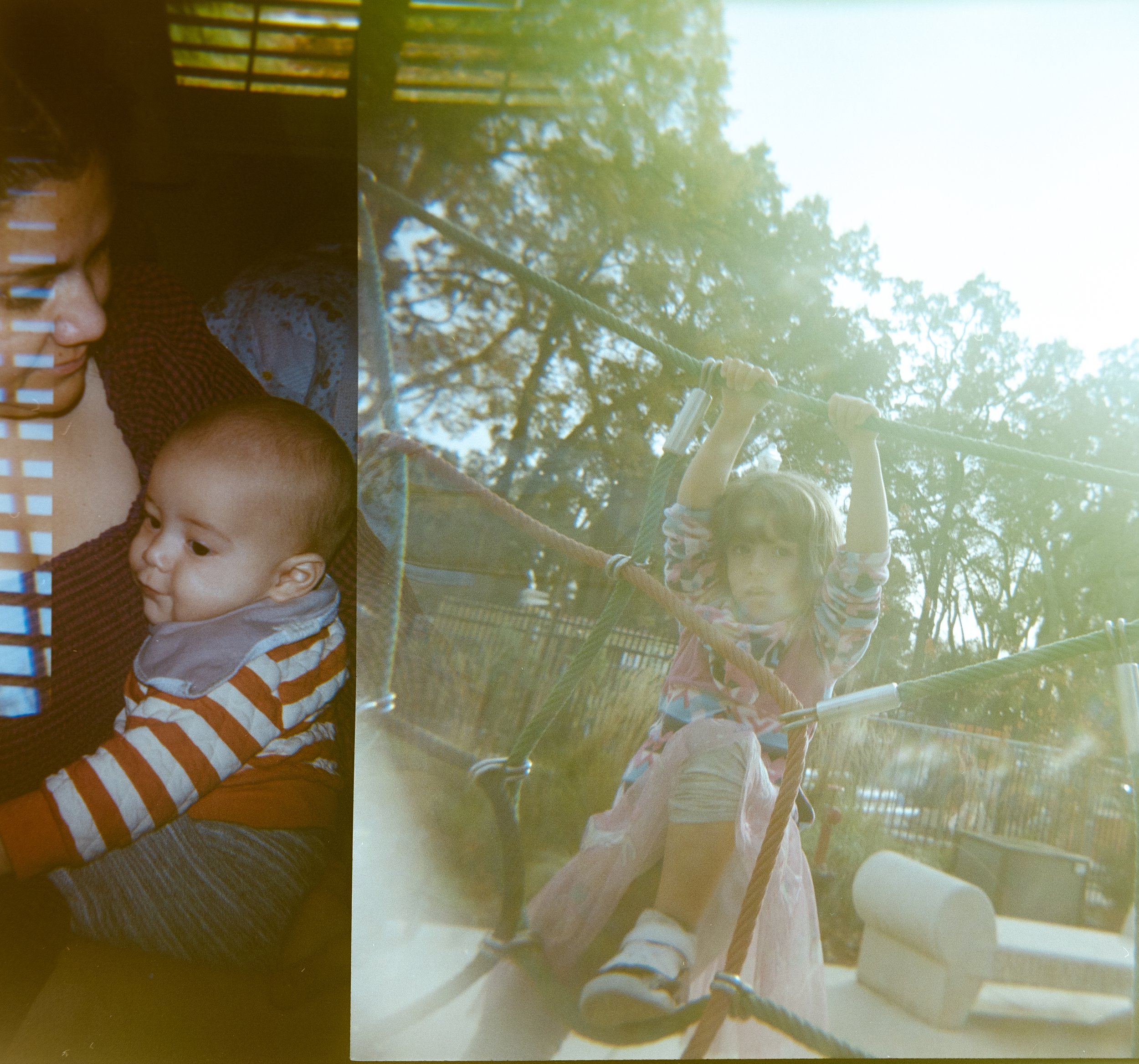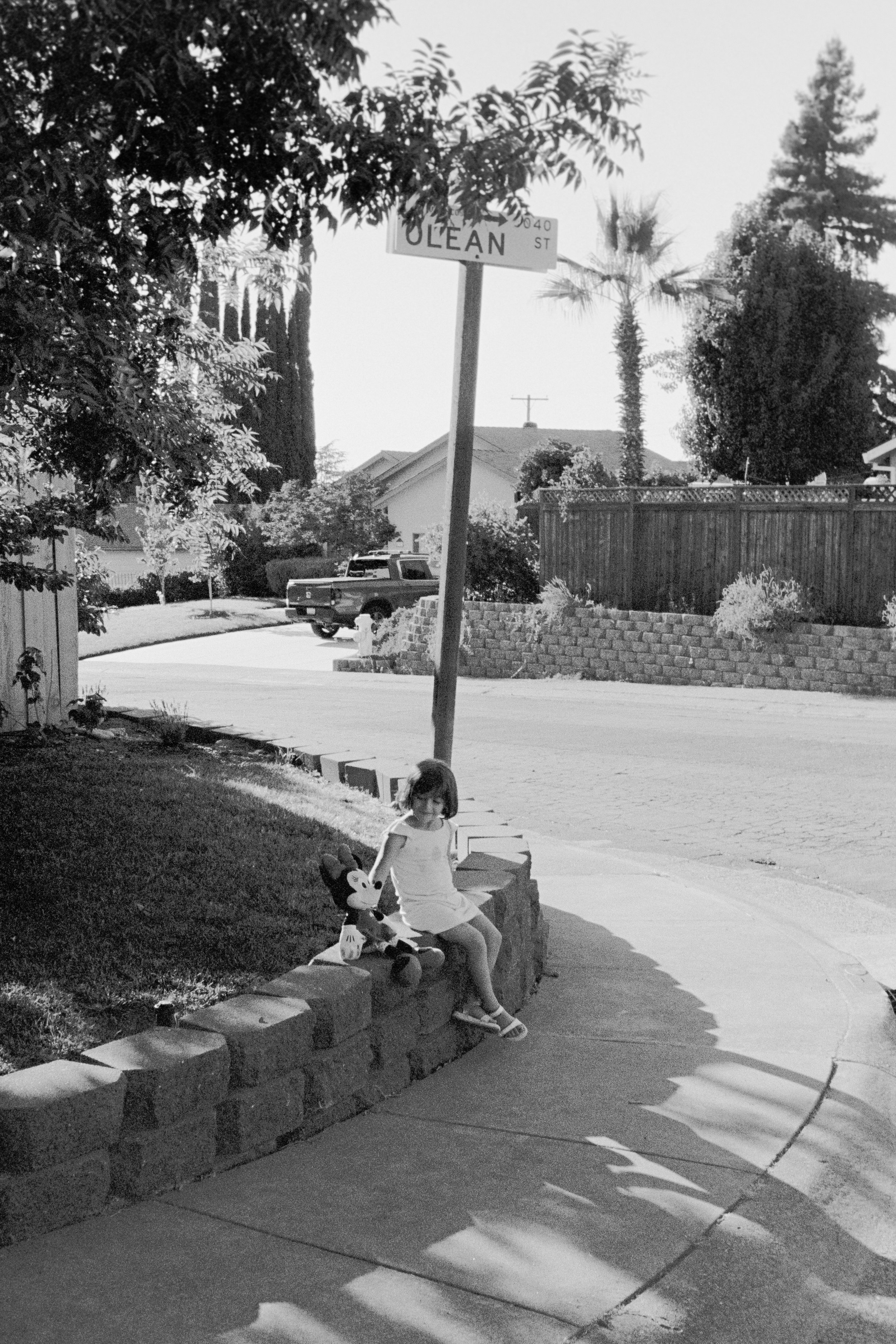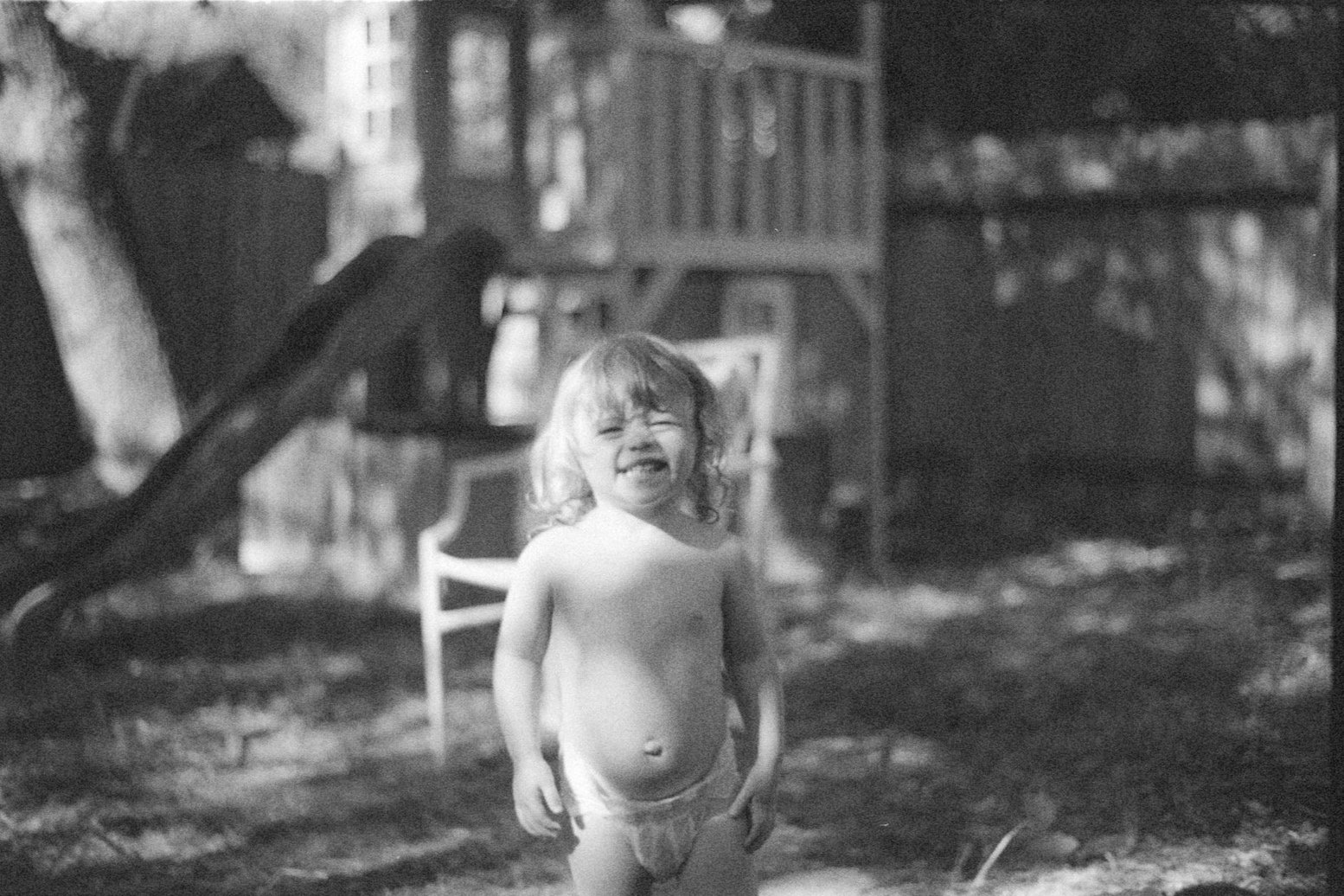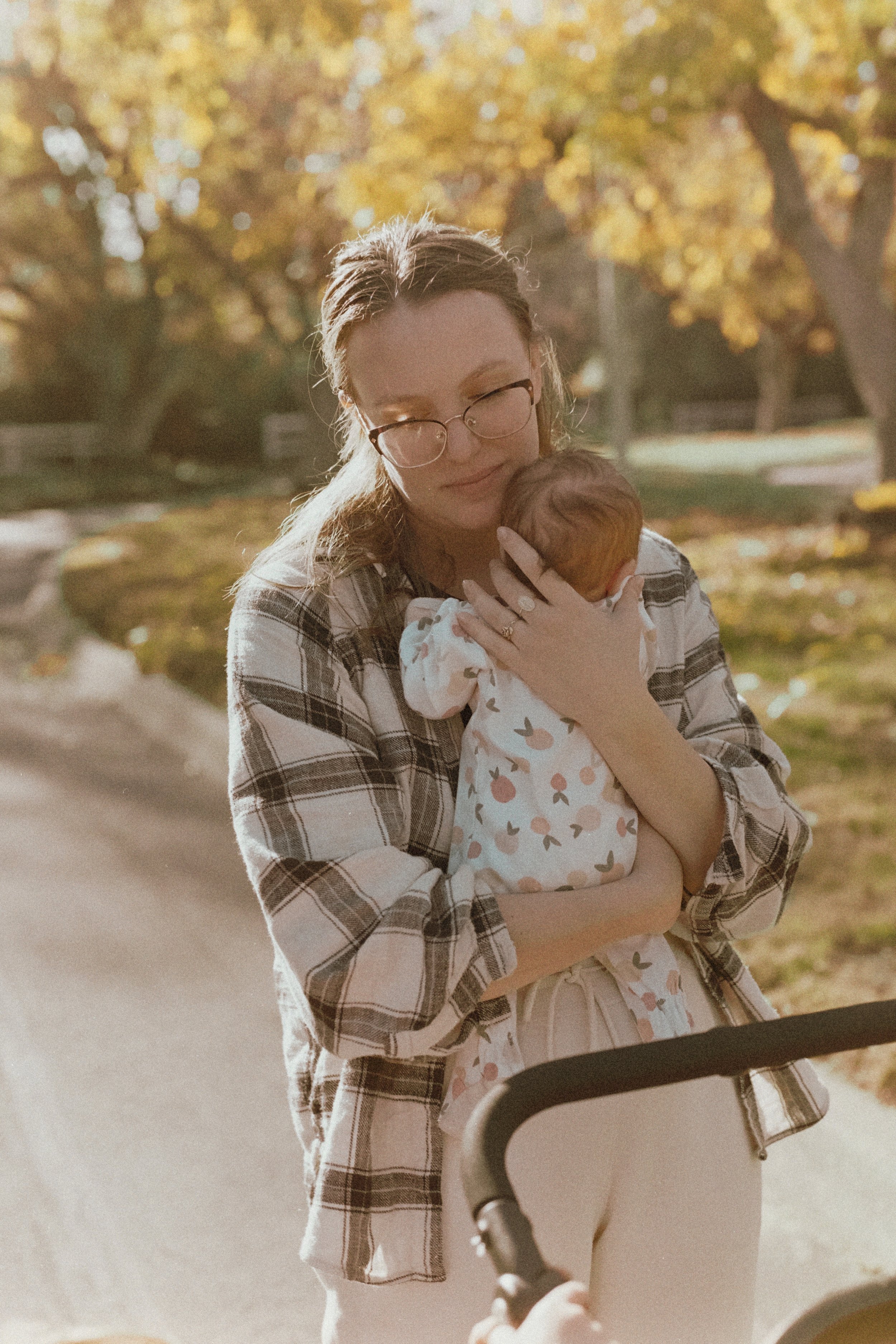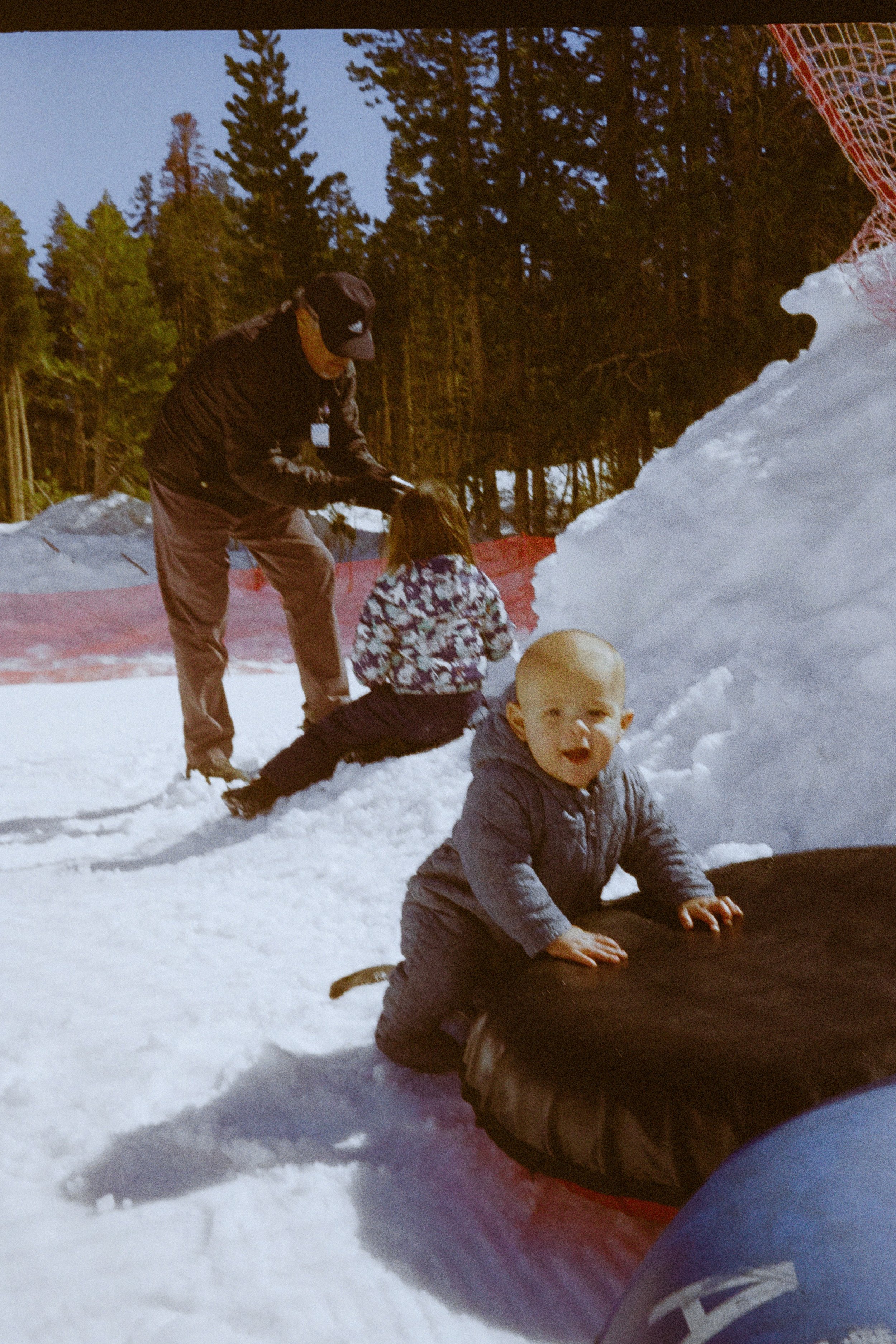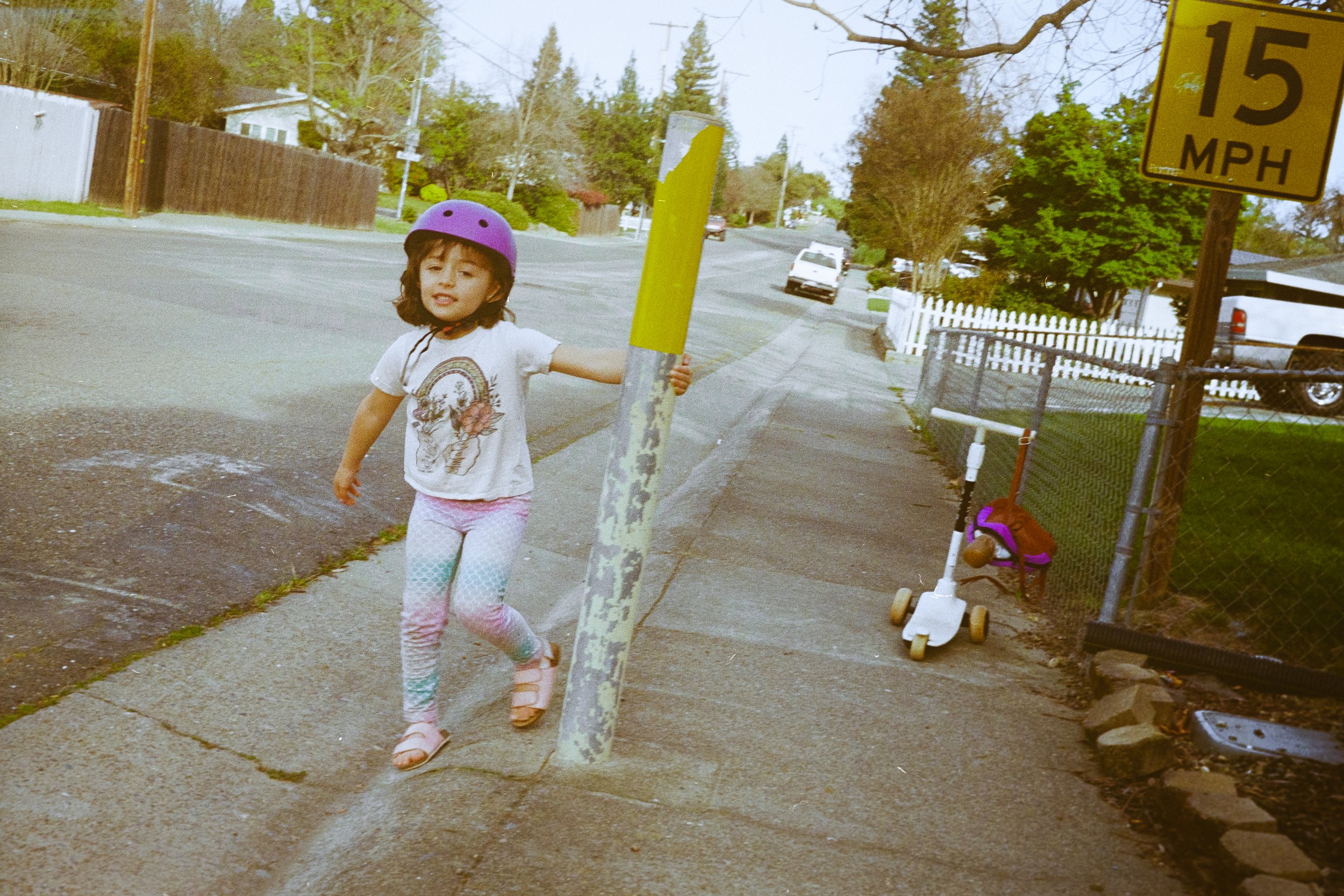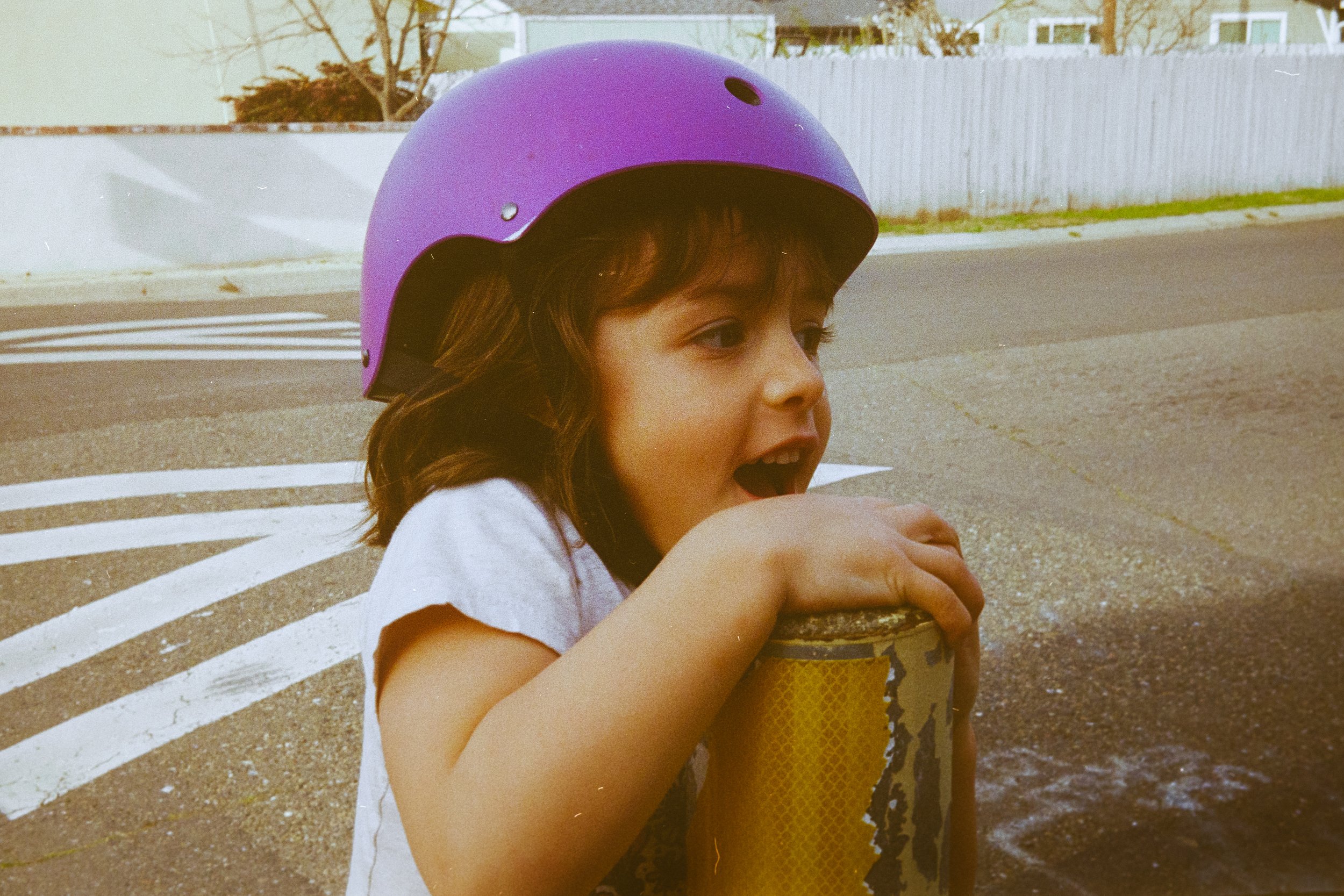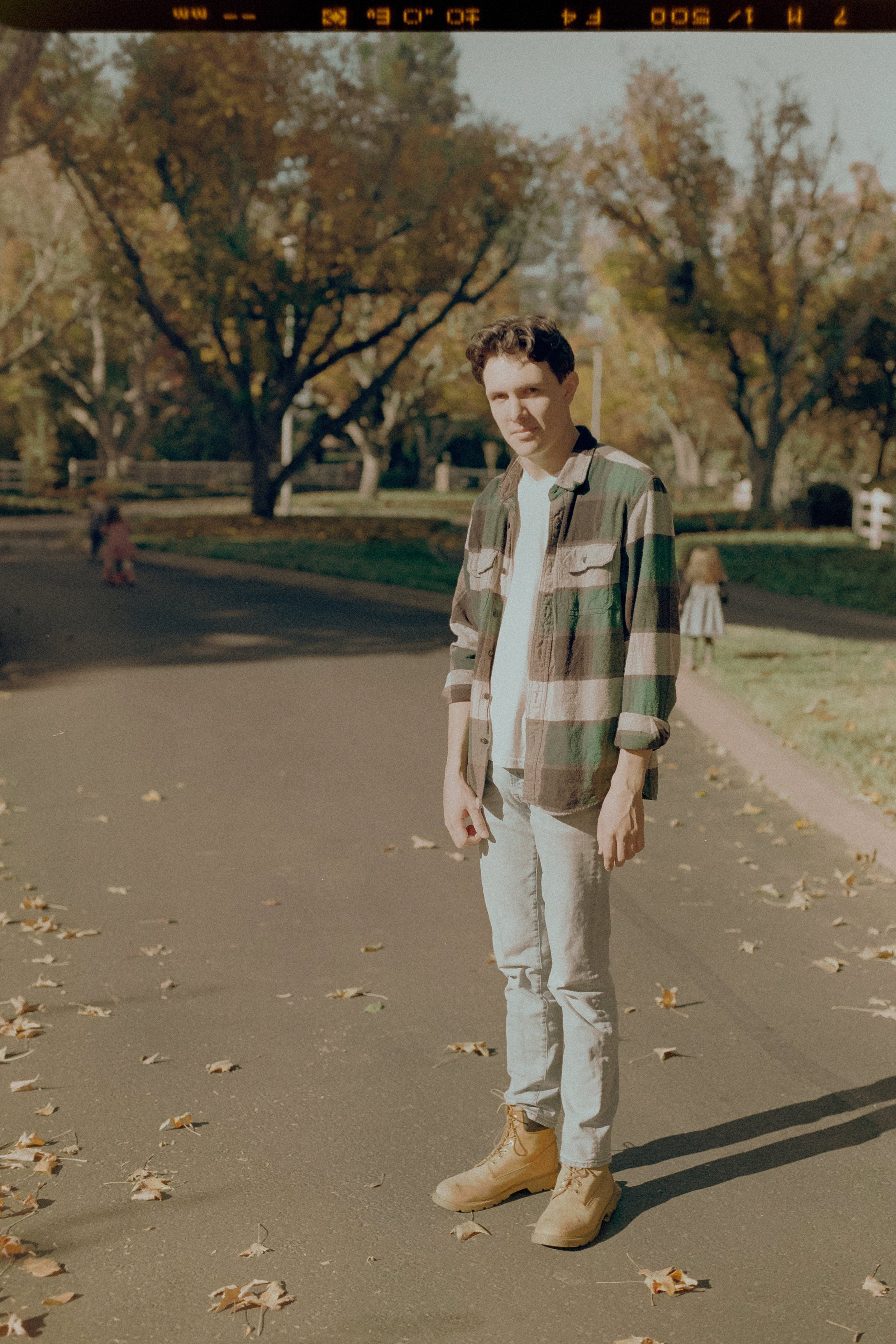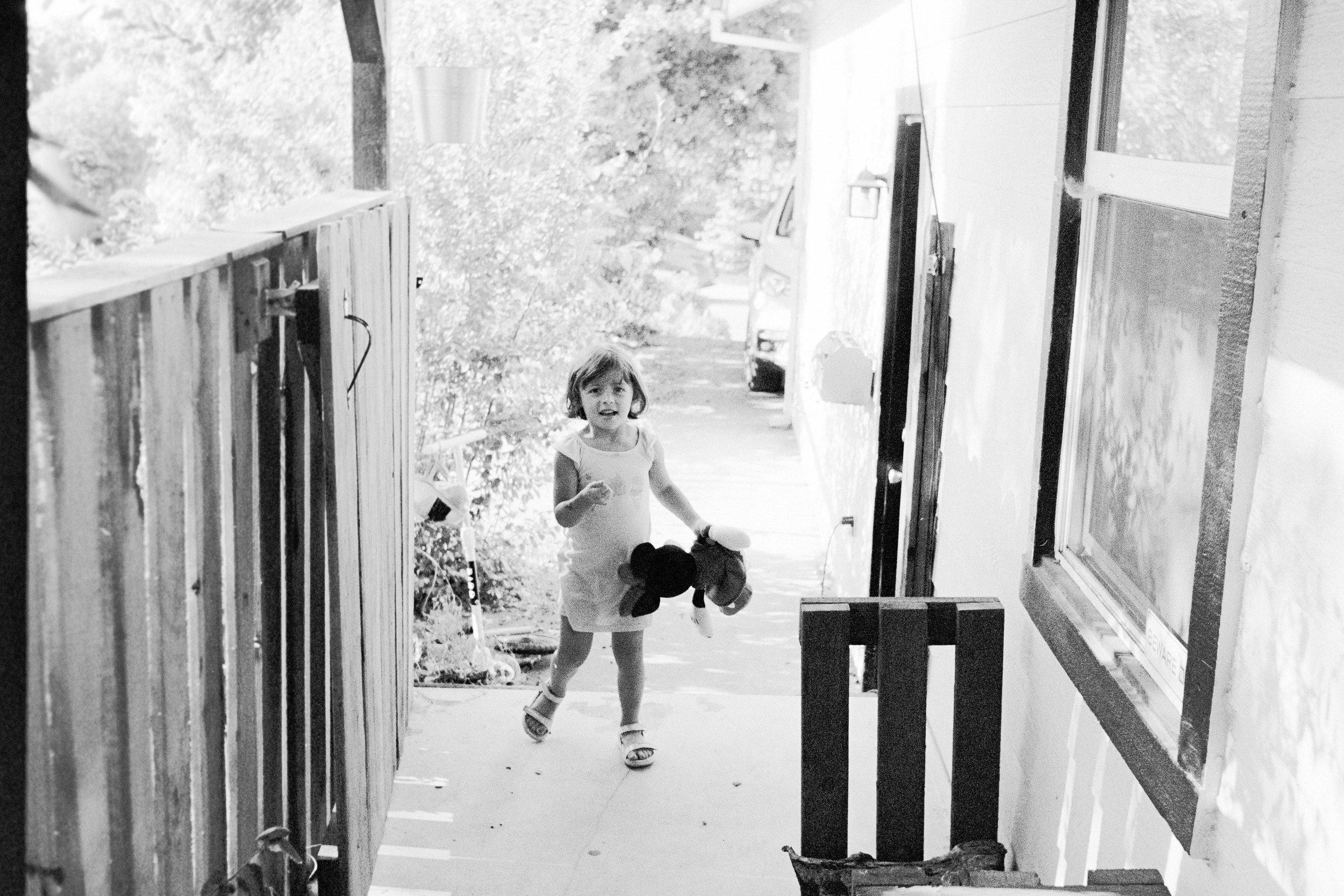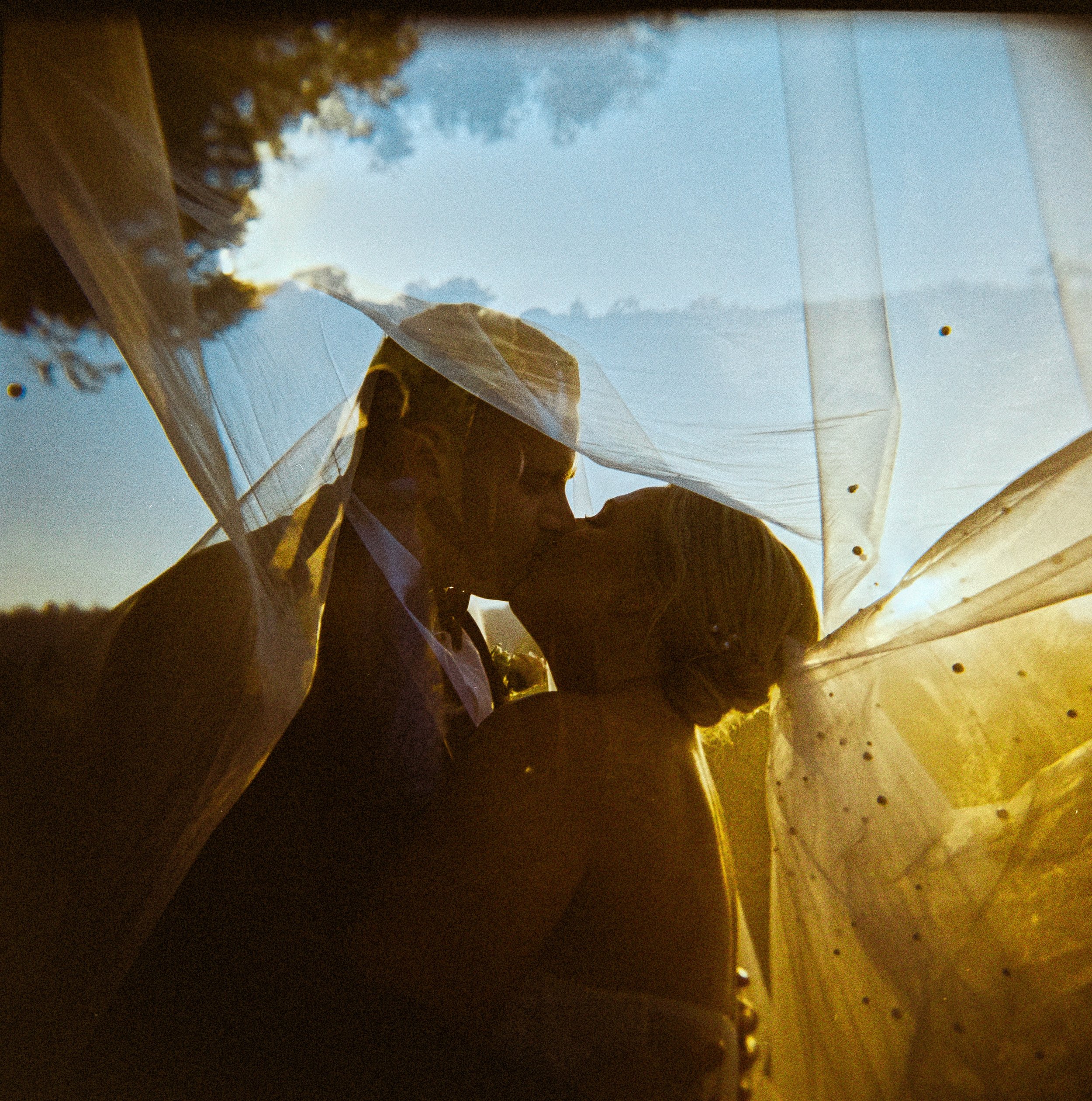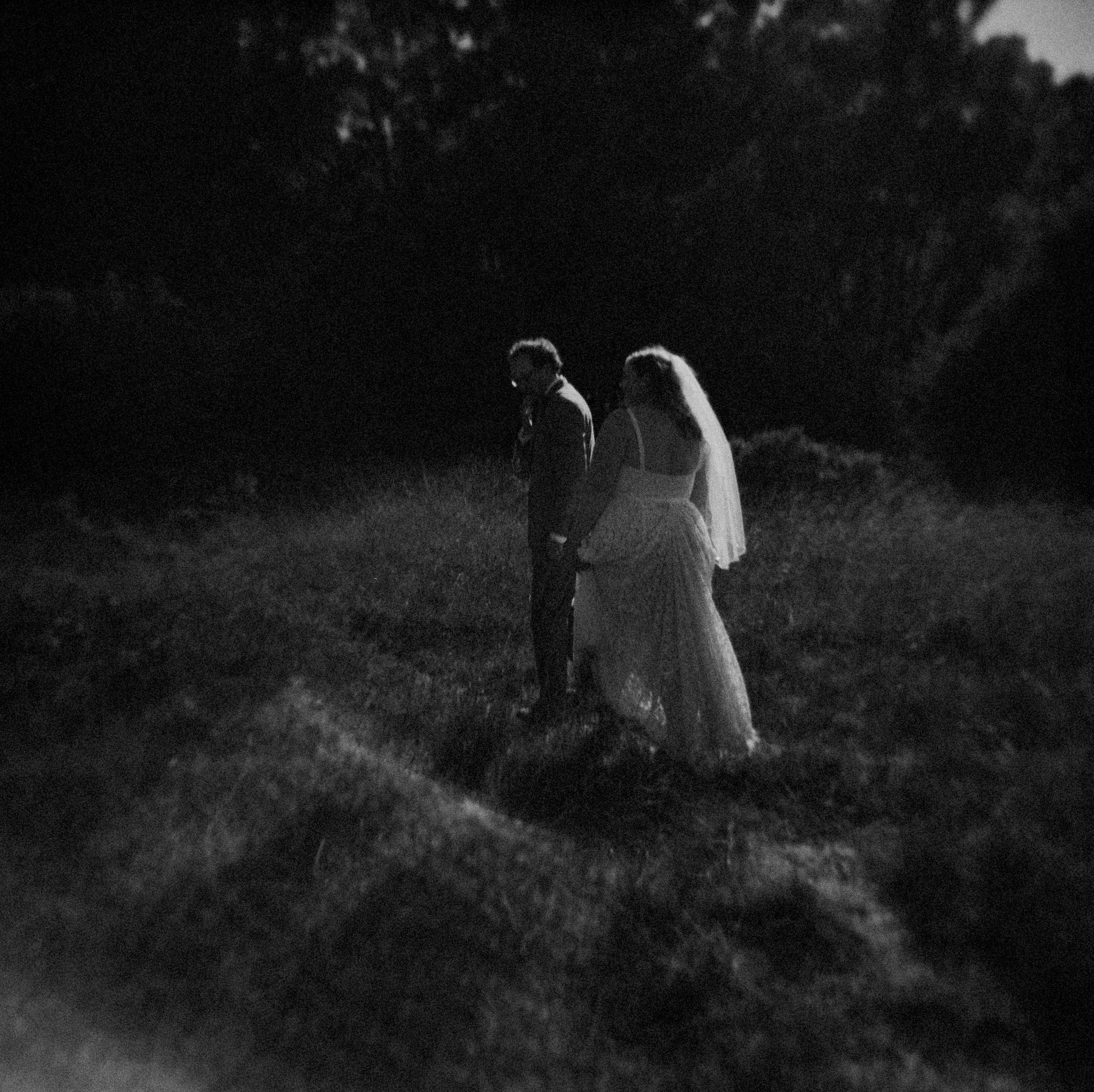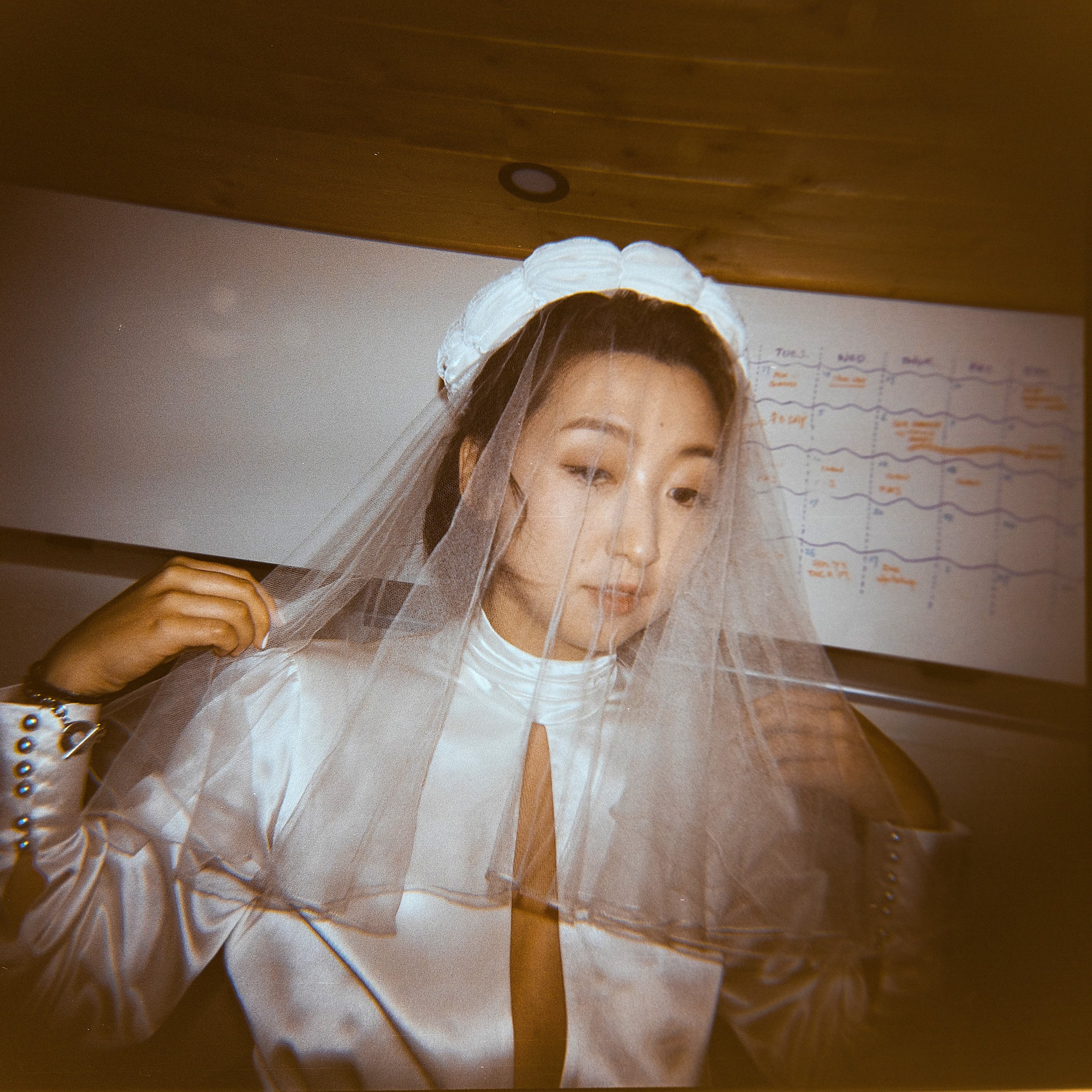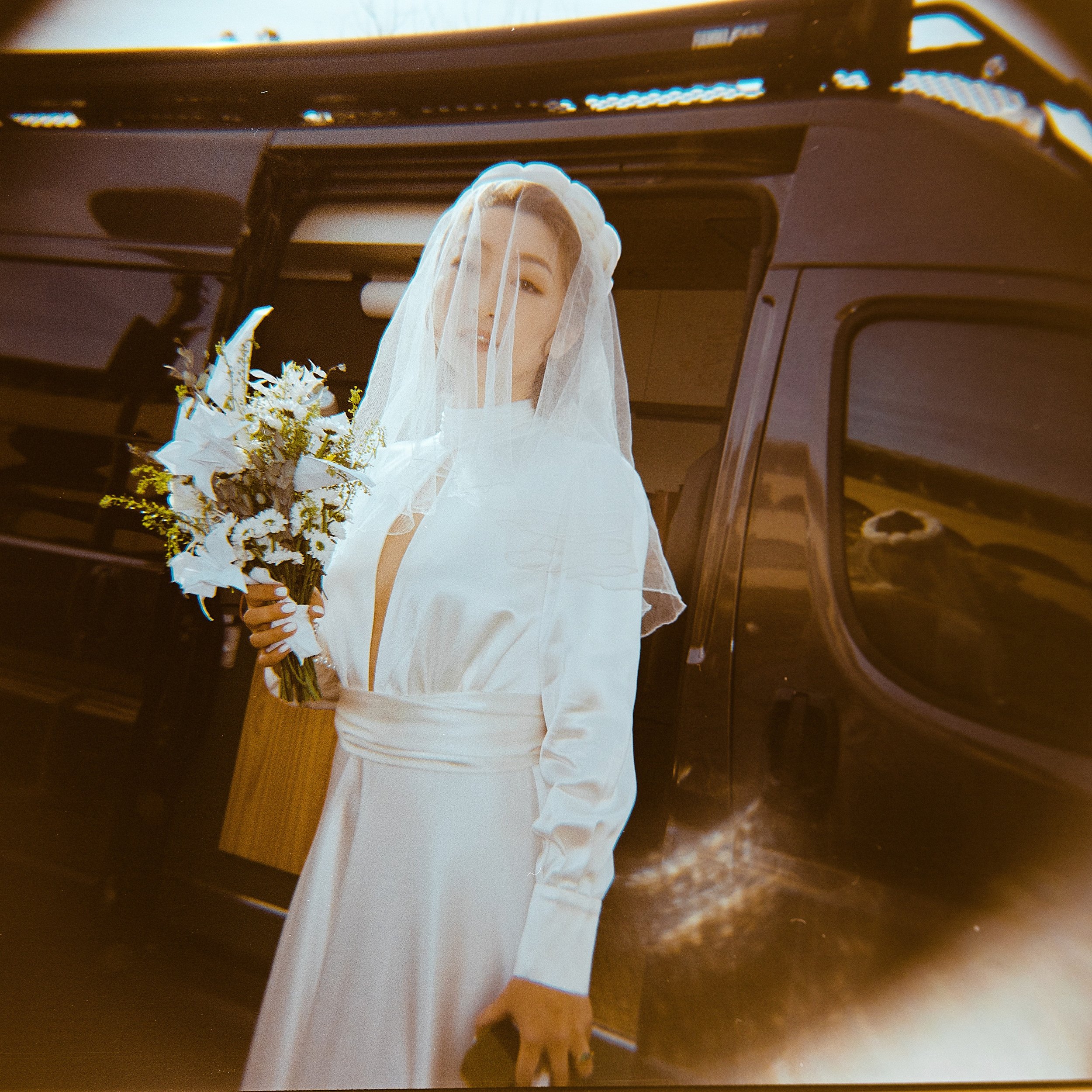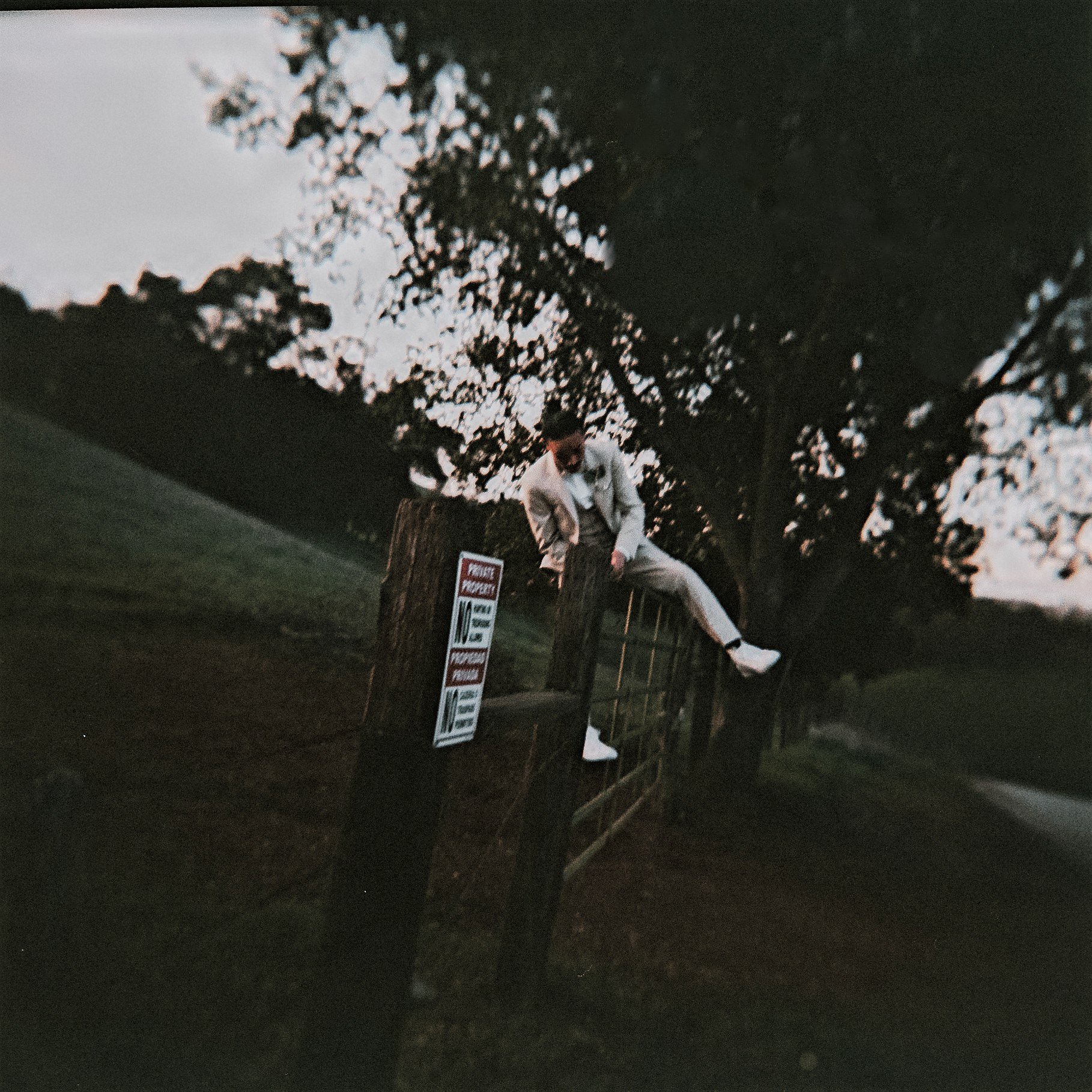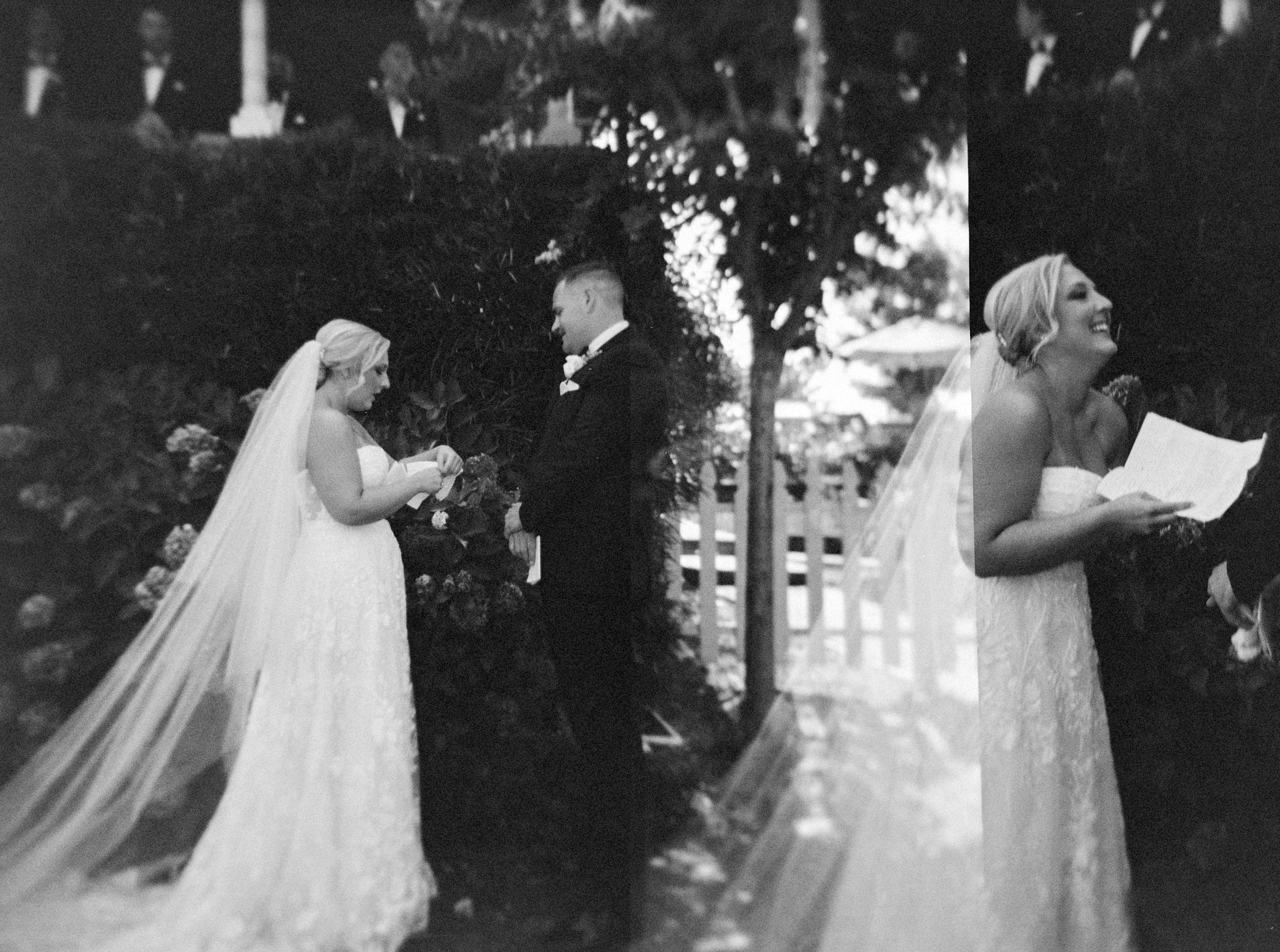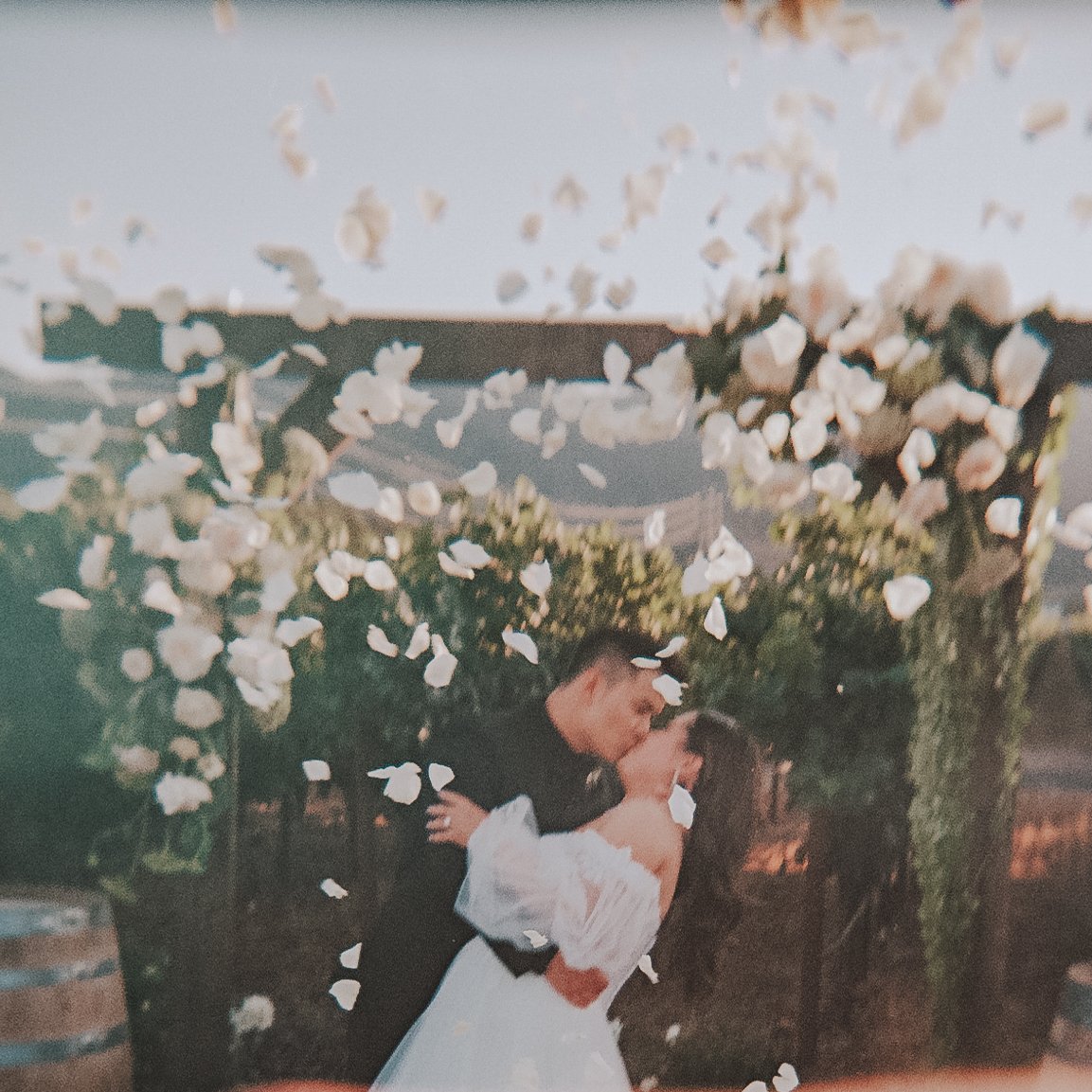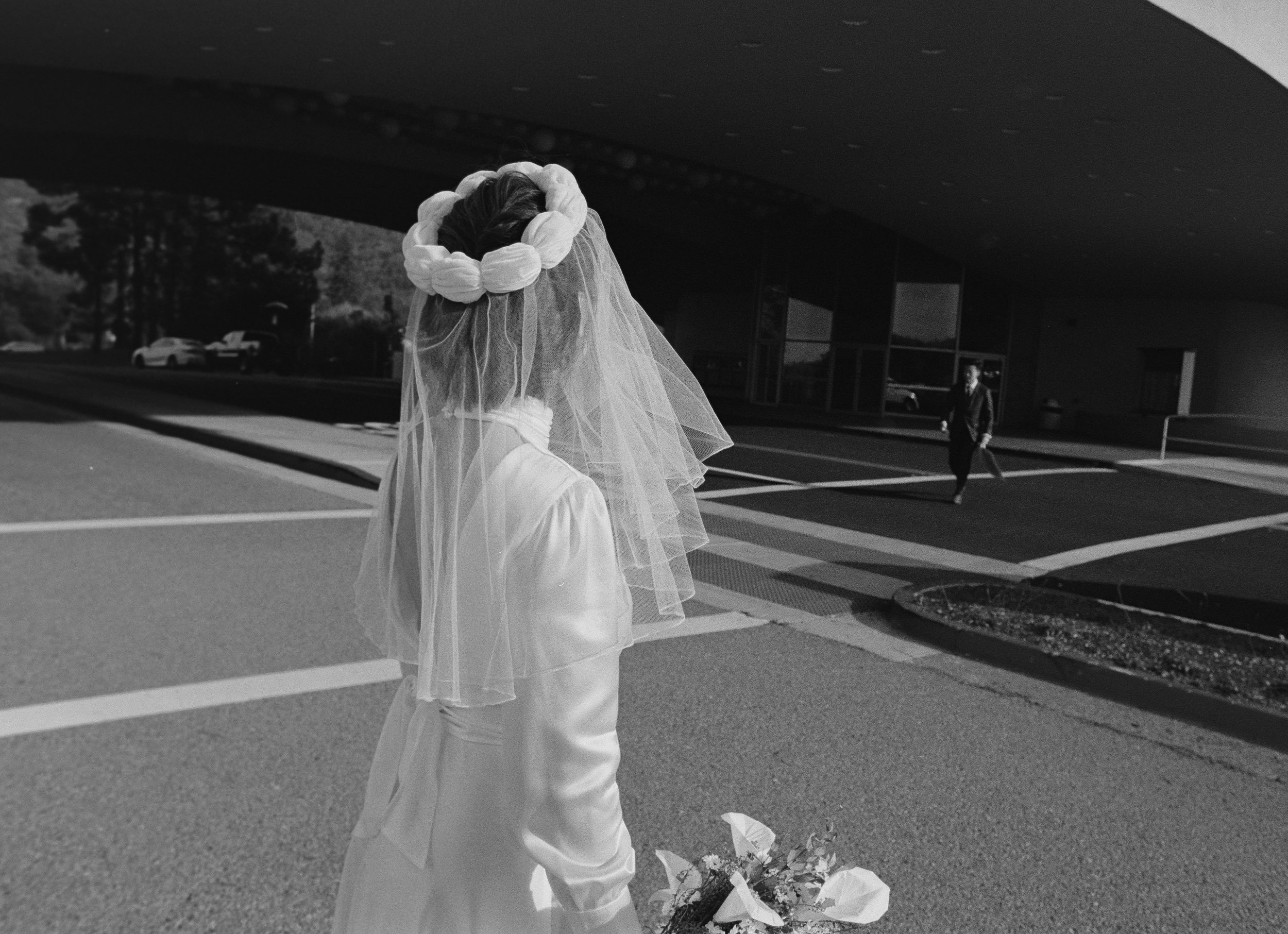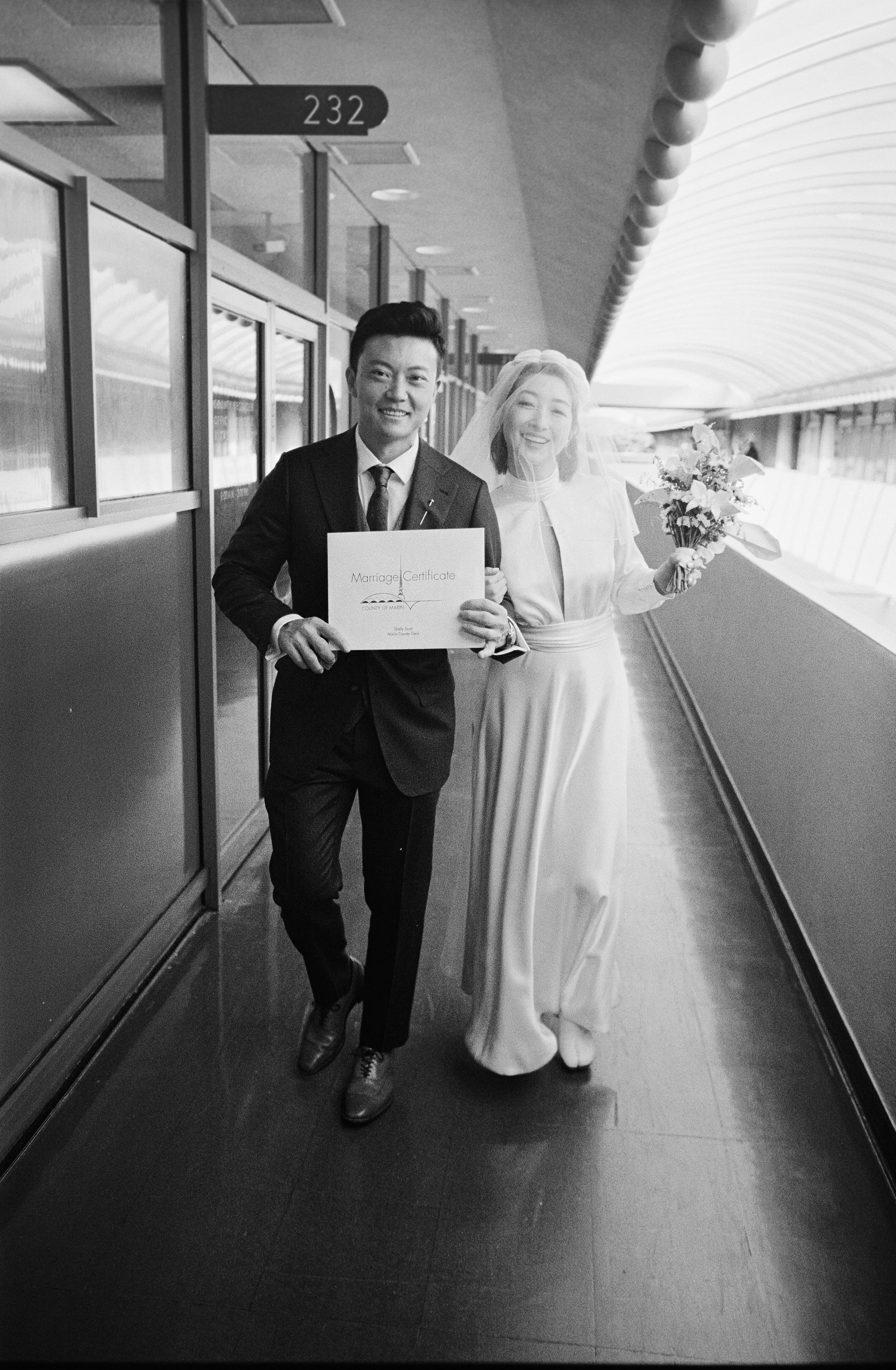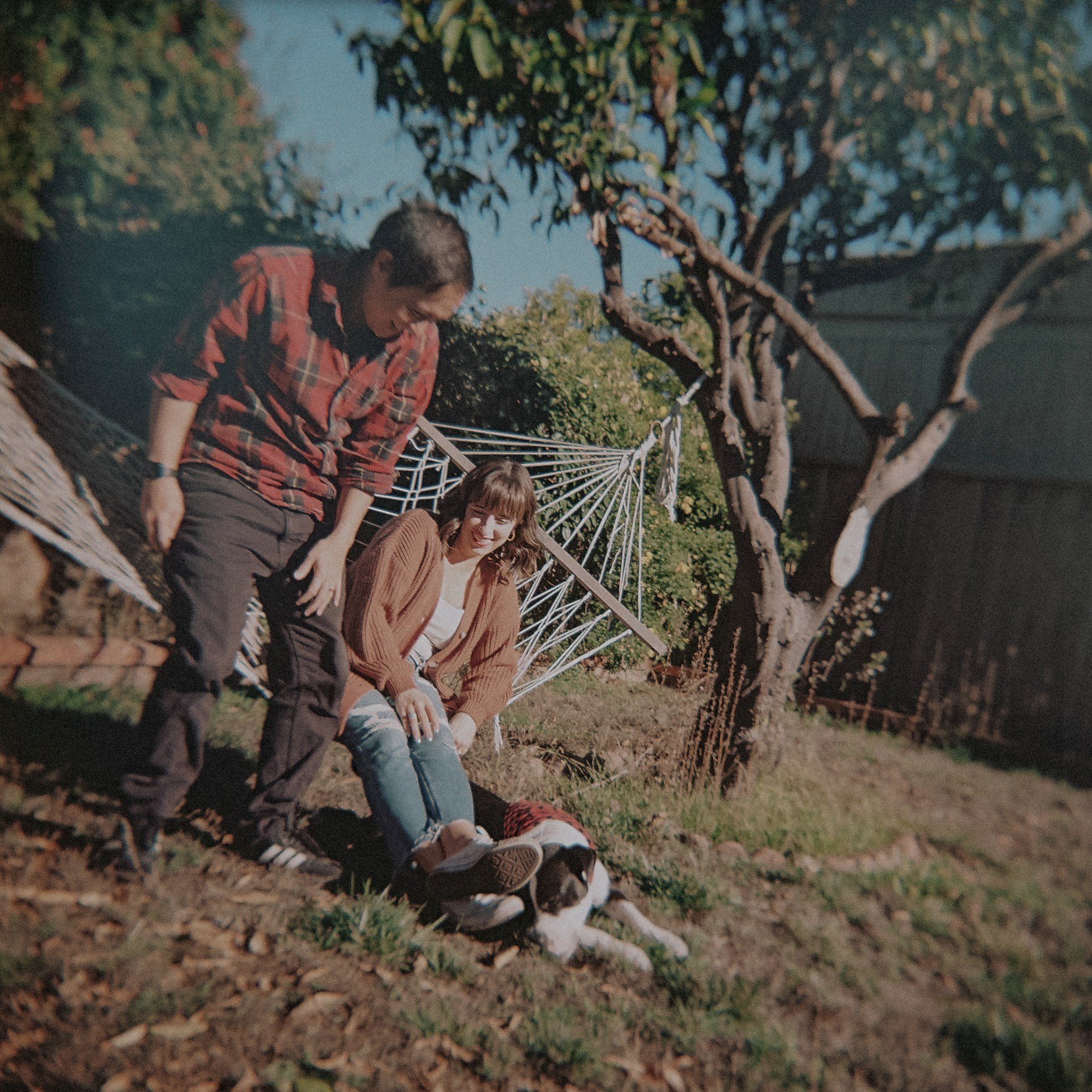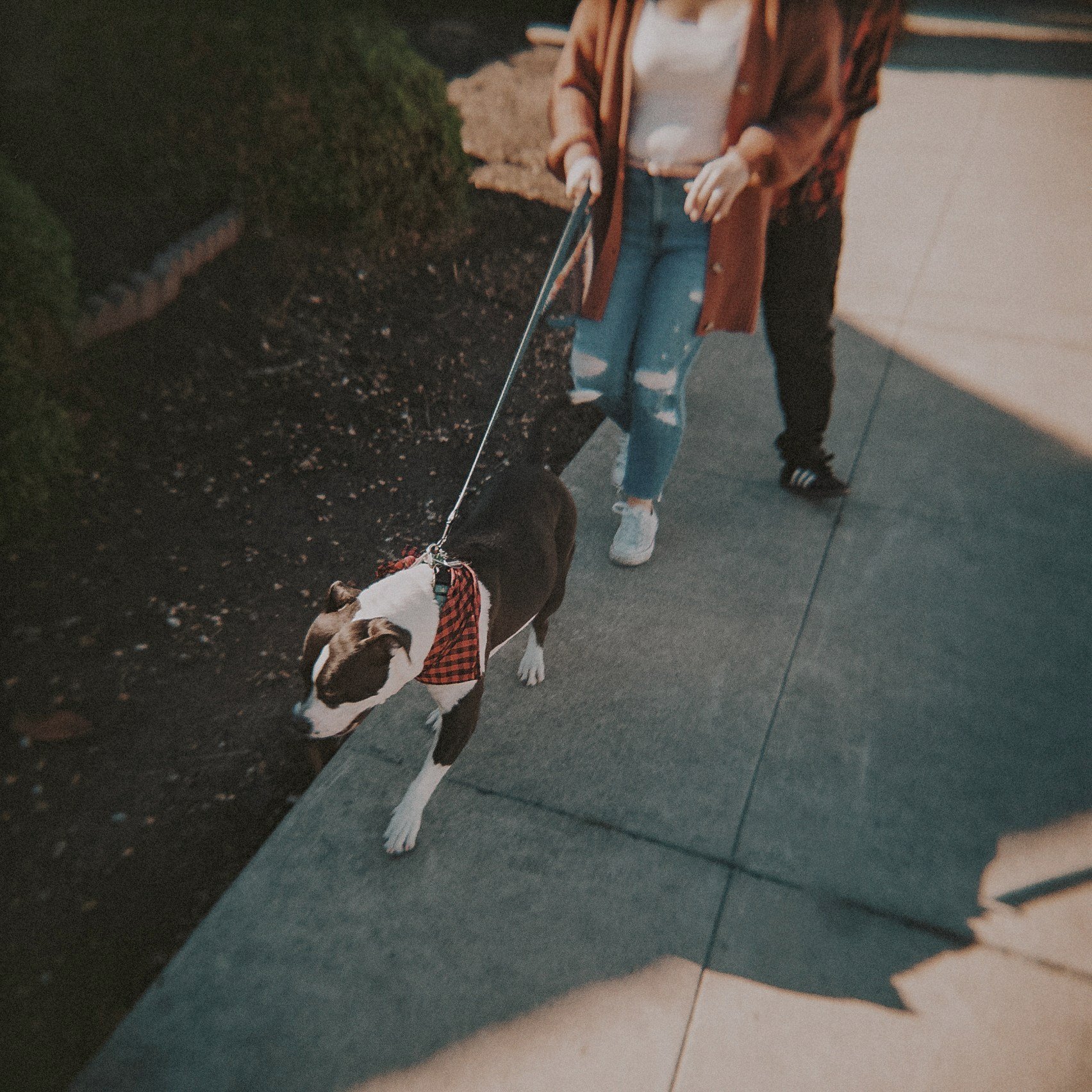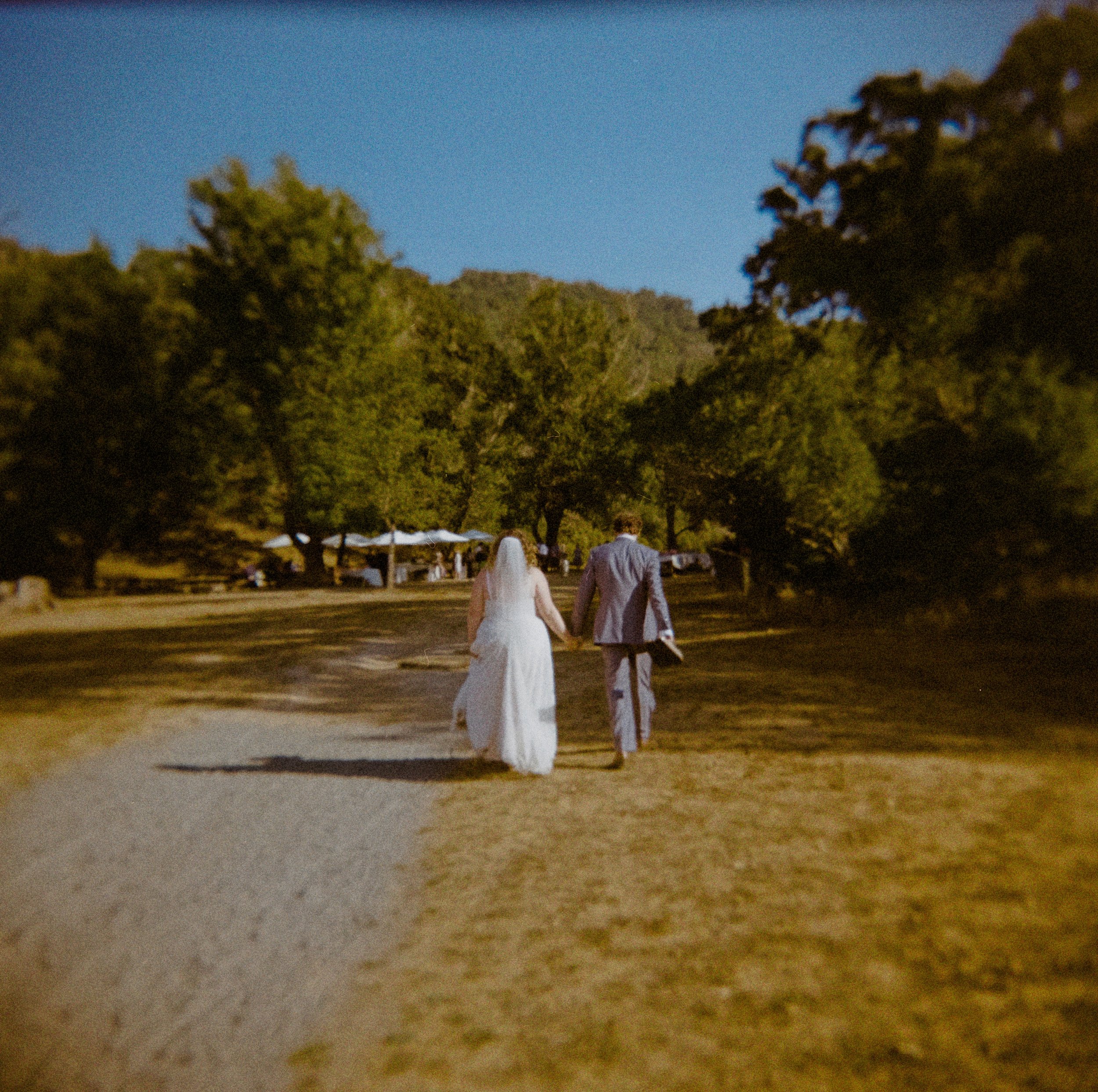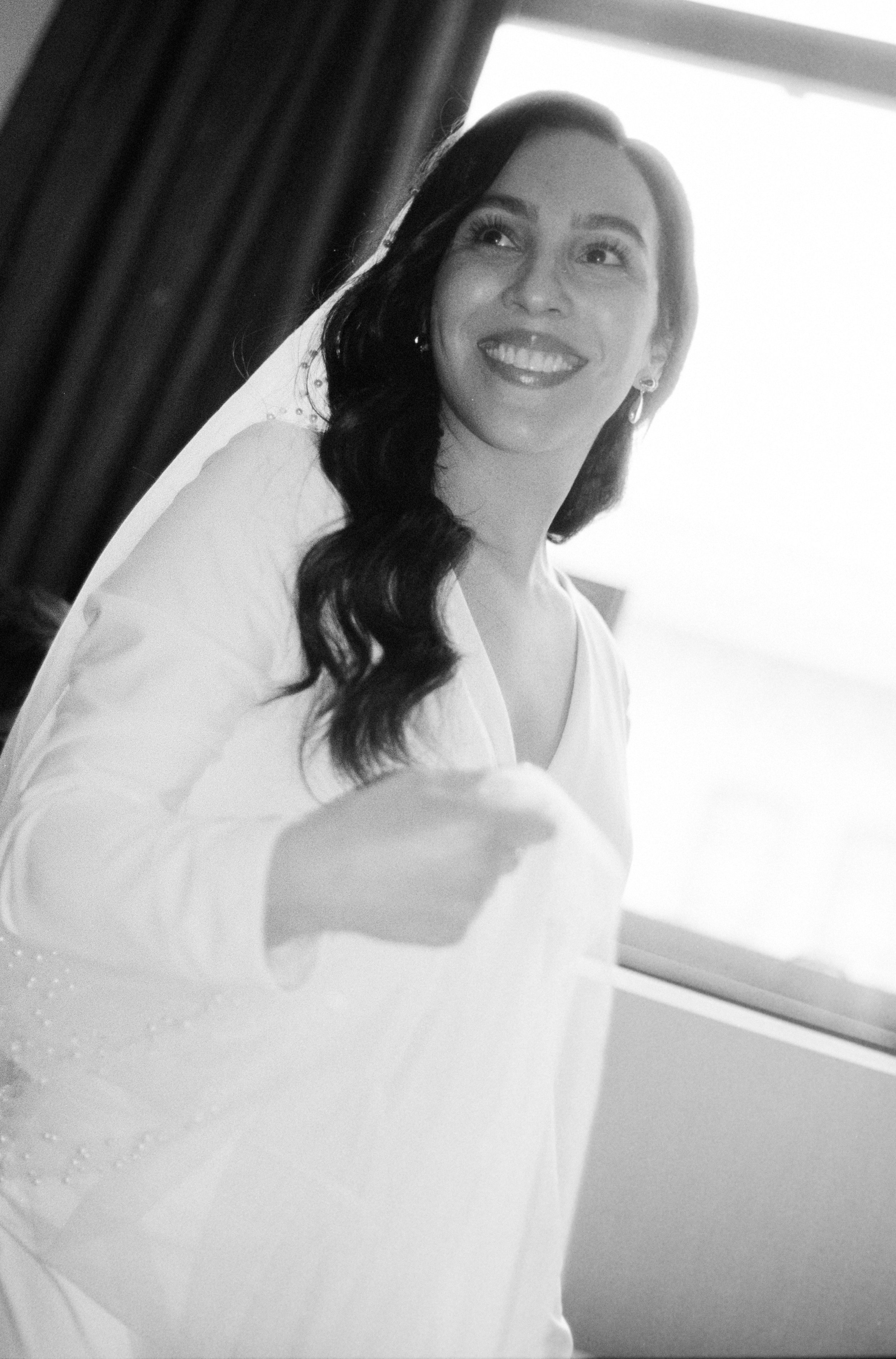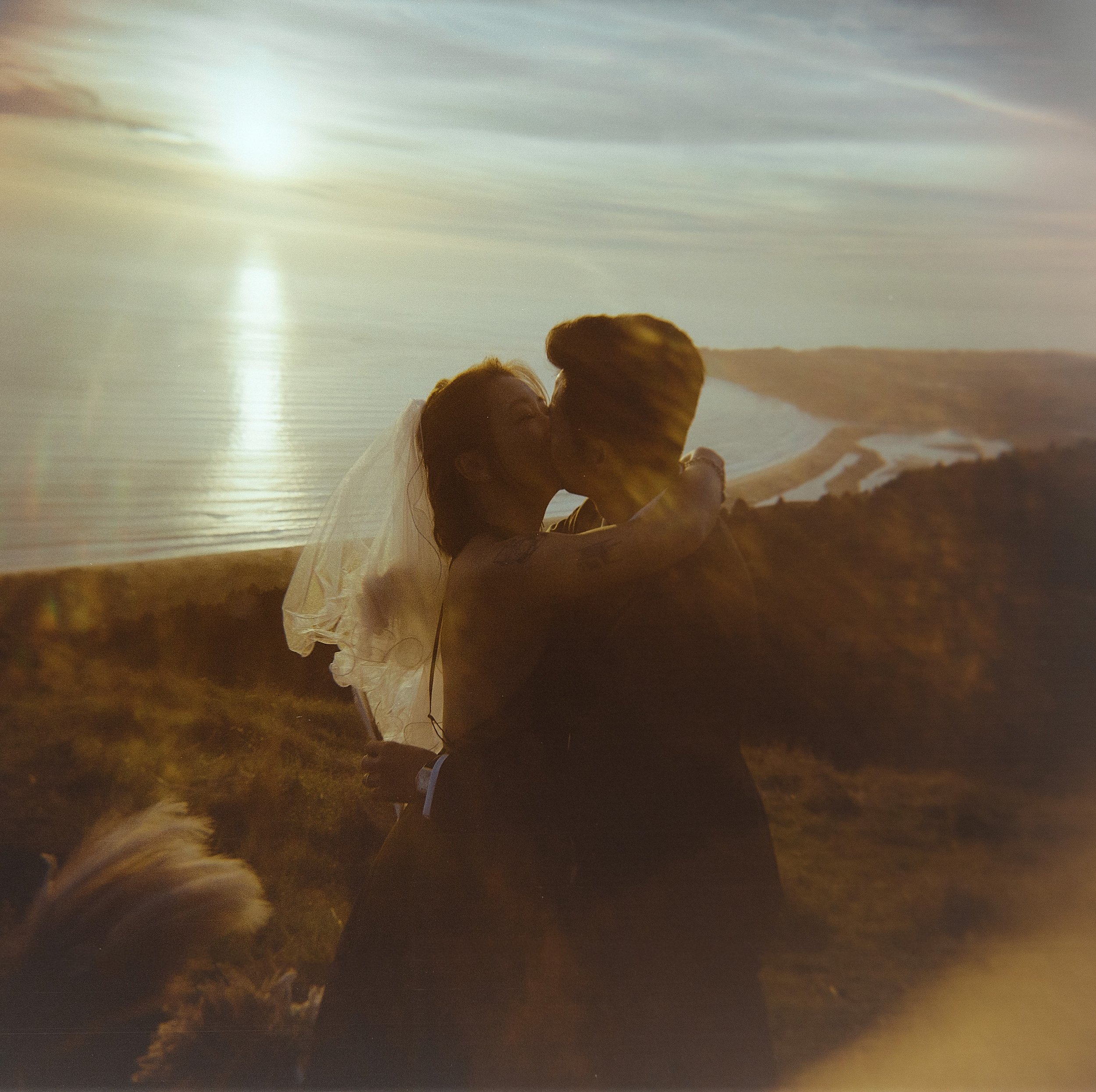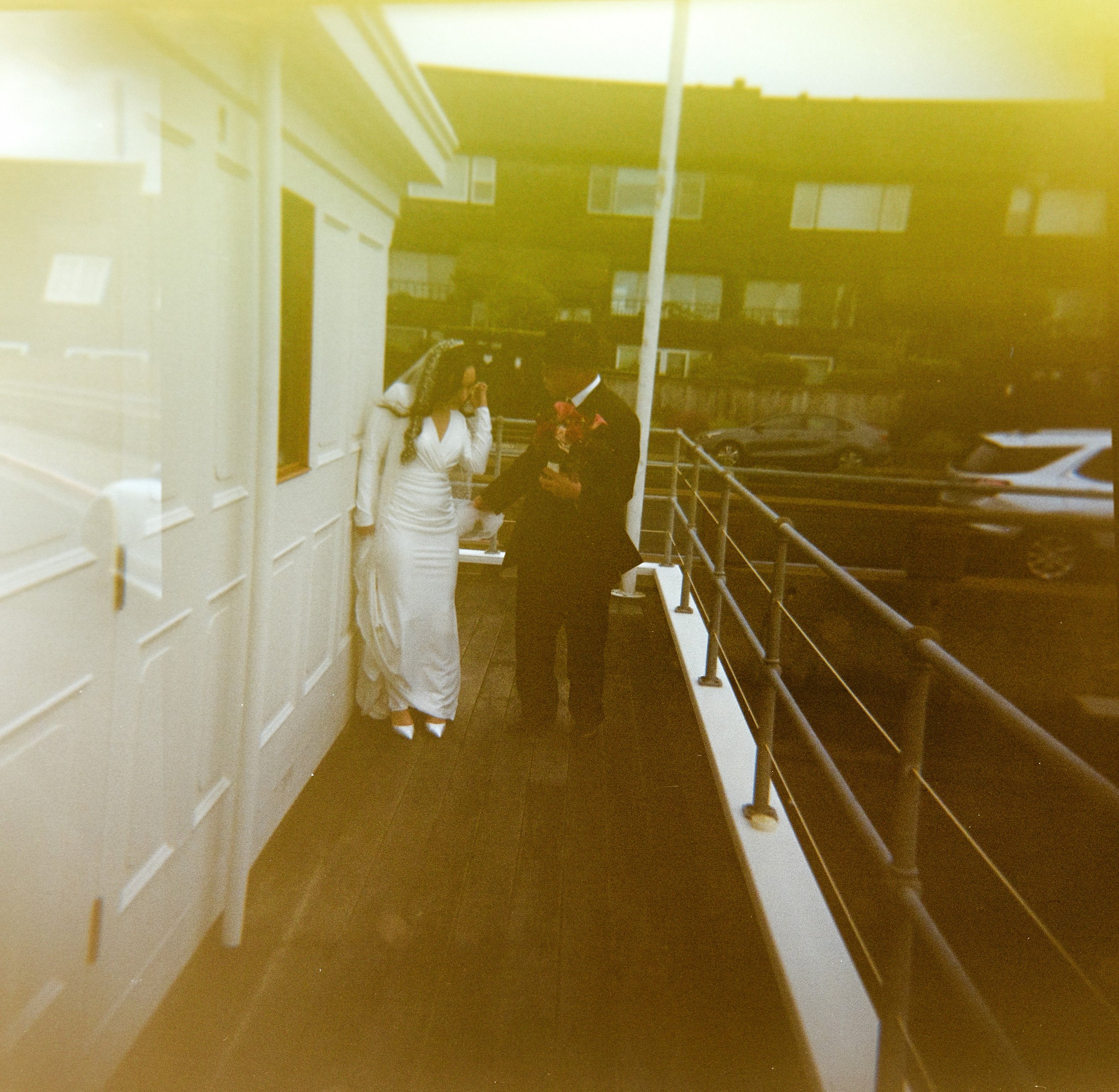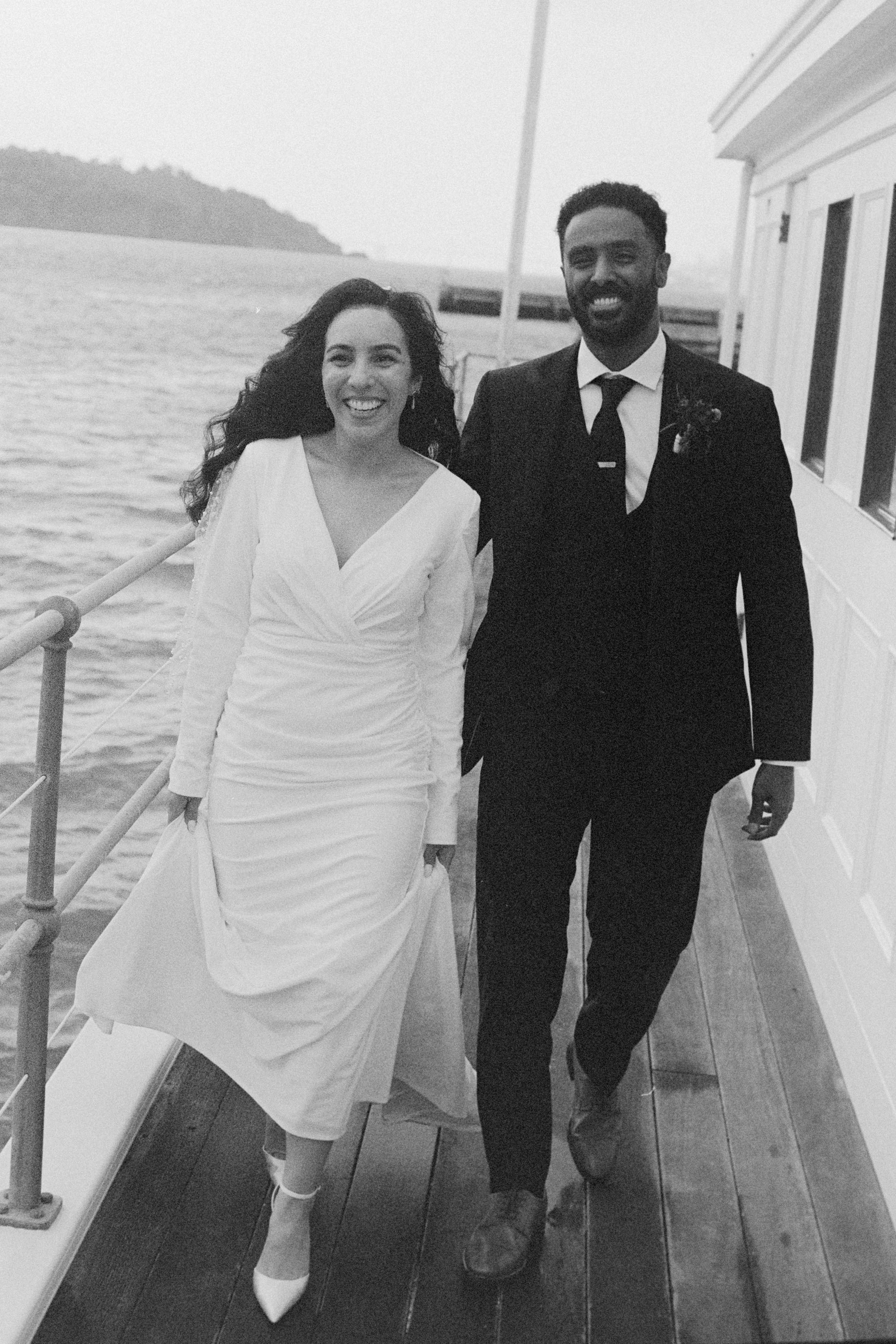The roll of film
To begin, I’ve been a full time “pro” photographer for over a decade. When I was coming up there were plenty of people I knew and looked up to who had experienced the shift from film to digital in real time. This shift was seen as a necessity in many ways, a practical revolution from an expensive and outdated technology. Film had reached its apex, it was not going to get better. Digital however had a lot of leg room to run, since that point it has outpaced film and continues to get better, albeit with marginal advancements as time goes on.
It’s here that we may need to define “better”. Lenses got sharper, dynamic range was widened, shutter speed quickened, and buffer speeds increased. Better, in all intents and purposes, simply meant that cameras became more and more capable of tackling challenging shooting scenarios. The quirks and mechanical intrusions that defined a film era died in favor of cameras performing perfectly, each and every time. This was a wonder to watch, and I feel very old to have lived through the digital coming of age.
That brings us to the now. The overlap that once existed between digital and film cameras is far behind us, the Venn diagram isn’t even touching anymore. When talking about film and digital cameras it would be disingenuous to consider them the same art form, this becomes incredibly clear when the developing form of each comes into play ie Darkroom vs Lightroom.
This here is where I, as an artist, find the most interest. So much of the creation and refining of an image or art piece happens in the between stages. The process itself is the most important part. After all, anyone can push a button. How you handle the files, what you put them through, how you think about the end result while implementing in the field, the play of light, these thought patterns that arise after years upon years of practice, this is the playpen of imagination. Digital cameras have flattened this as much as possible in favor of simplifying a process that was once bourgeois. I’m incredibly grateful for these advancements, the simplicity in the creation process has made it so much more accessible to each person.
Here comes the however: when things are simplified, easy, and flattened for a mass audience, the very thing that made it magical in the first place is often lost.
When I roll up to a wedding, or any shoot for that matter, I can walk into the room with years of experience and know exactly how I want to approach things. It’s easy. We each have a default point of view, it’s not something we can change. Even if we could I’m not of the belief that I should start questioning myself, my values, and my POV during a day where I was hired specifically for those things. I’ve learned this from lived experience. This is why I rely on digital cameras for the vast majority of my work, it’s imperative to have a camera that works best in fast paced ever changing environments, a camera with multiple card slots in case one gets corrupted, something reliable, trustworthy, and nonmagical. A practical machine for practical work.
But. There’s the draw of magic. Something outside of my control, an escape from the norm. A machine whose very existence is questionable.
That is the role of film in my eyes. It’s why I don’t want to use the best film cameras, ones that were the top of the line in their day. The better the camera the more overlap there is with a digital format, which only makes it less practical than its digital counterpart. If play is the goal then light leaks, soft focus, motion streaks, haze, these are all spells from a different age. Along the way the process changes as well, instead of a direct link from camera to computer you have camera to film to developing tank to scanning to computer. Each of these added steps increases the play aspect of a workflow and how each of us approaches them makes our images more unique, niche, and stylistic.
At the end of the day I’m chasing nostalgia in nearly everything I do. We can all use presets, but that’s not what my grandparents did. They lived in the moment, made what they made, and moved on. It was never about the image. The image only represented their desire to remember something already behind them. Use shitty cameras. Use toys. Play. Have fun. Mess around with the process. Make terrible things that are imbued with love, creativity, and expression. Be fast, trust your instincts, don’t let the future get in the way of the present. The images we love most weren’t made by pros. They were made by our grandparents, our parents, our families, flaws and all.
